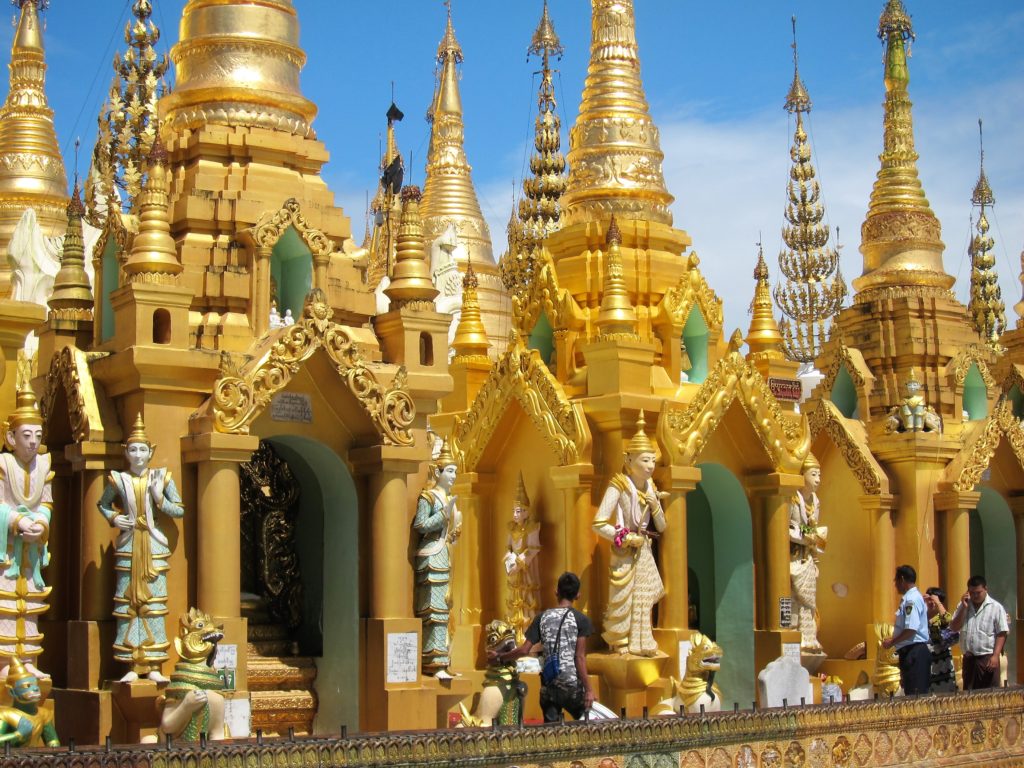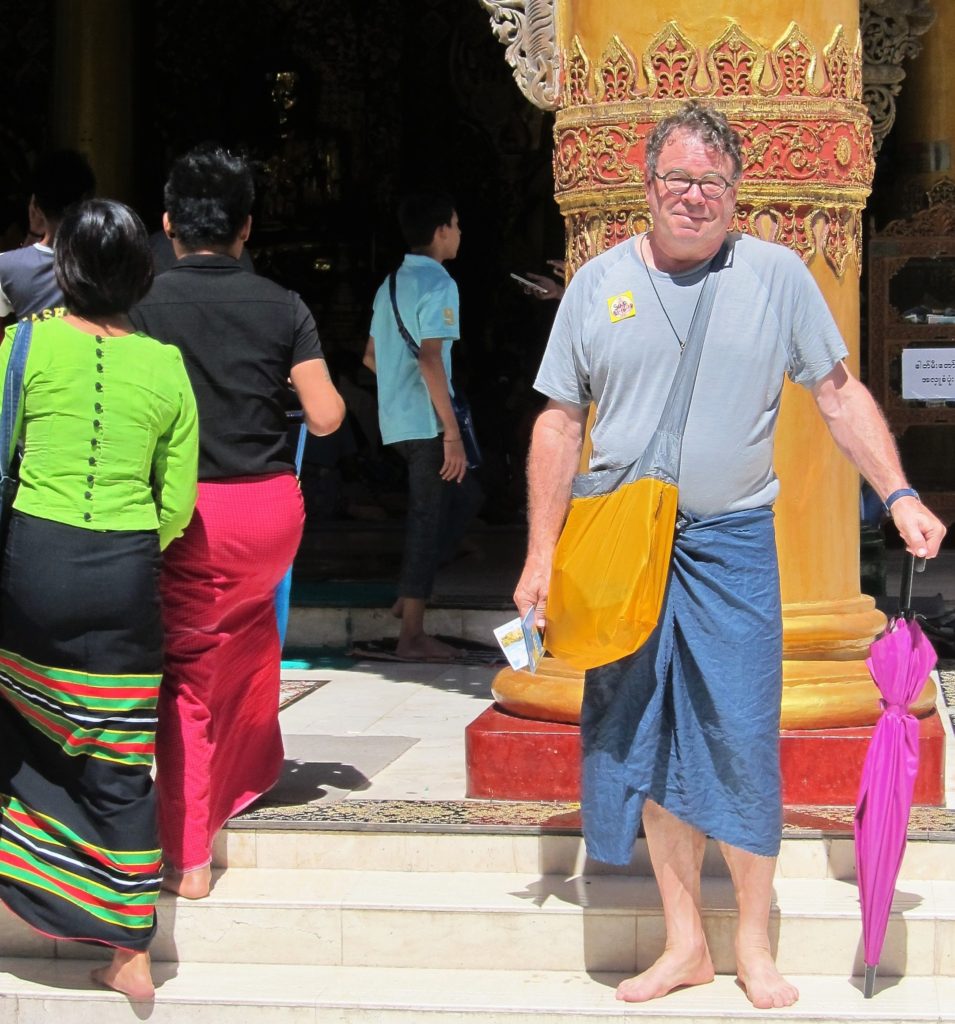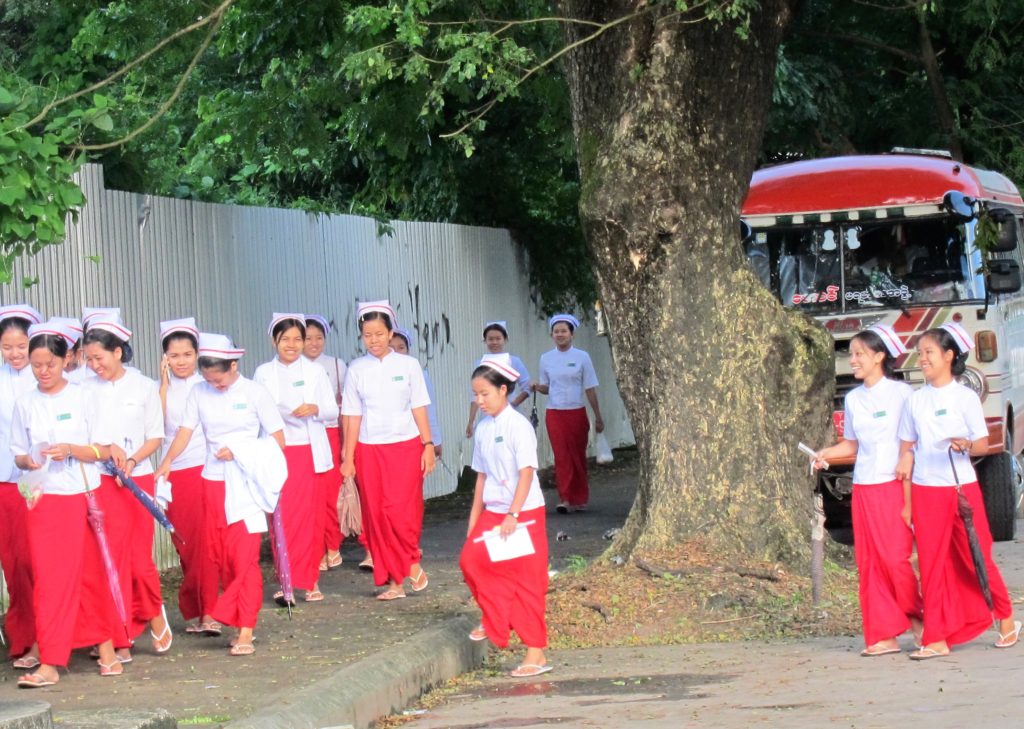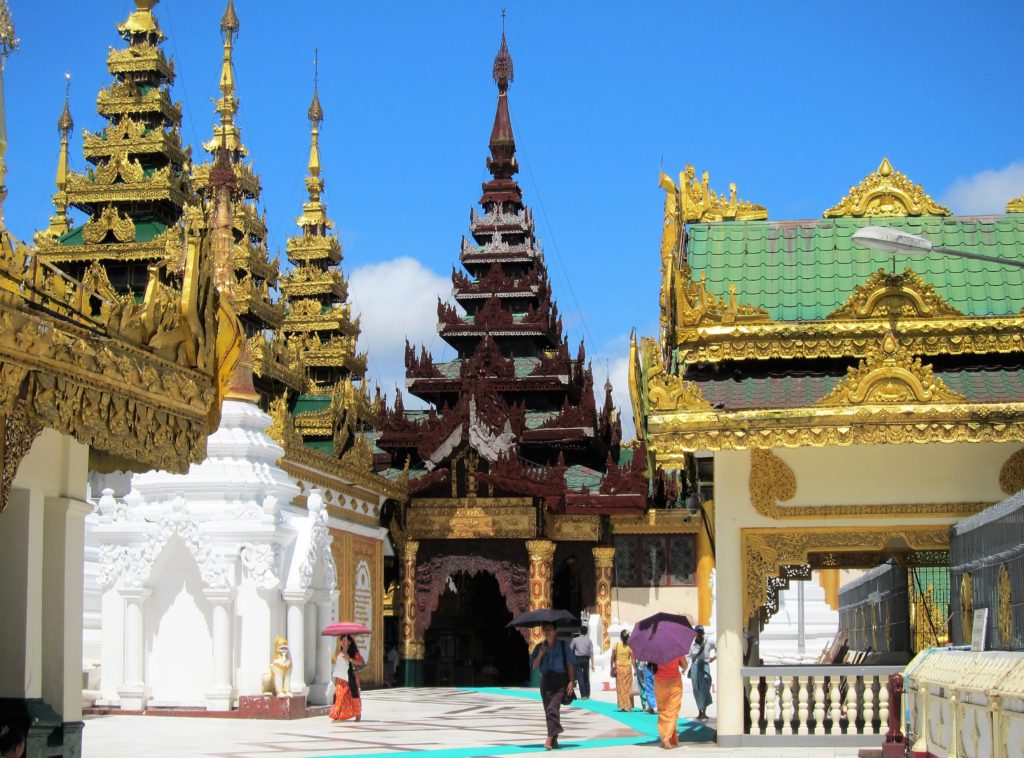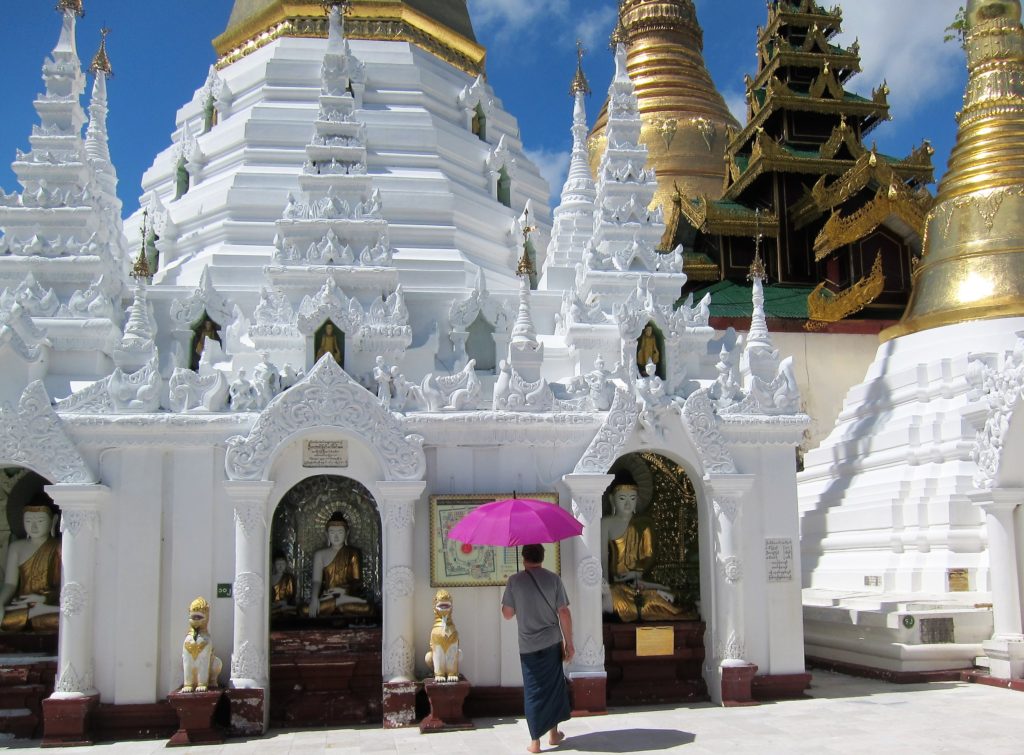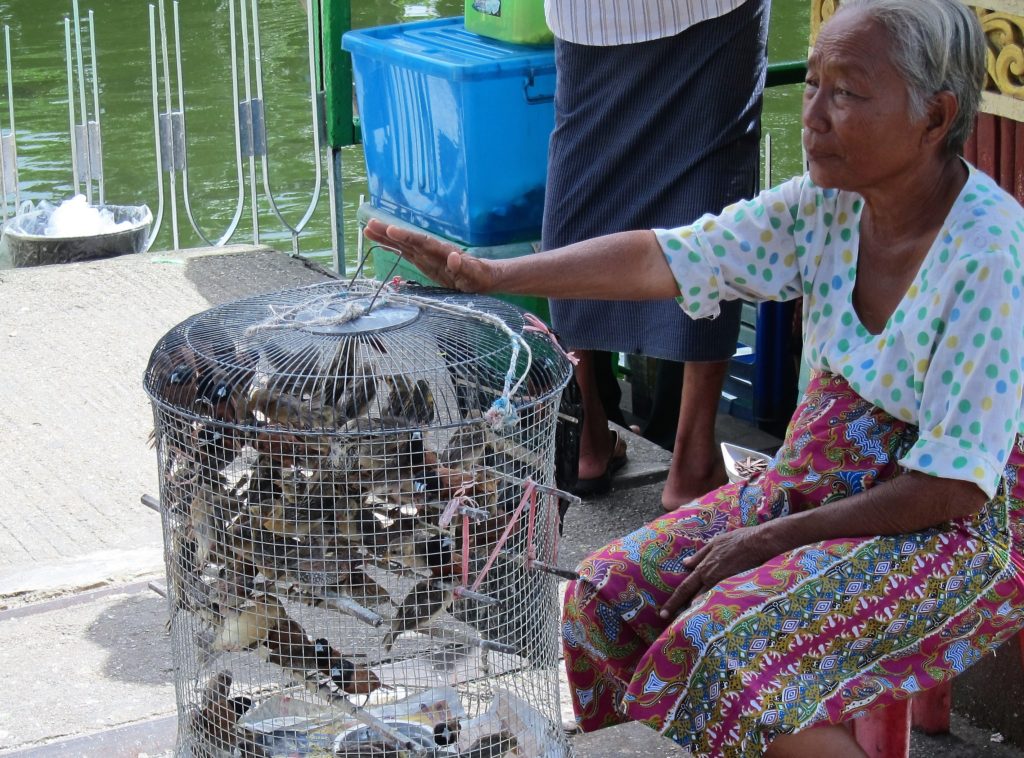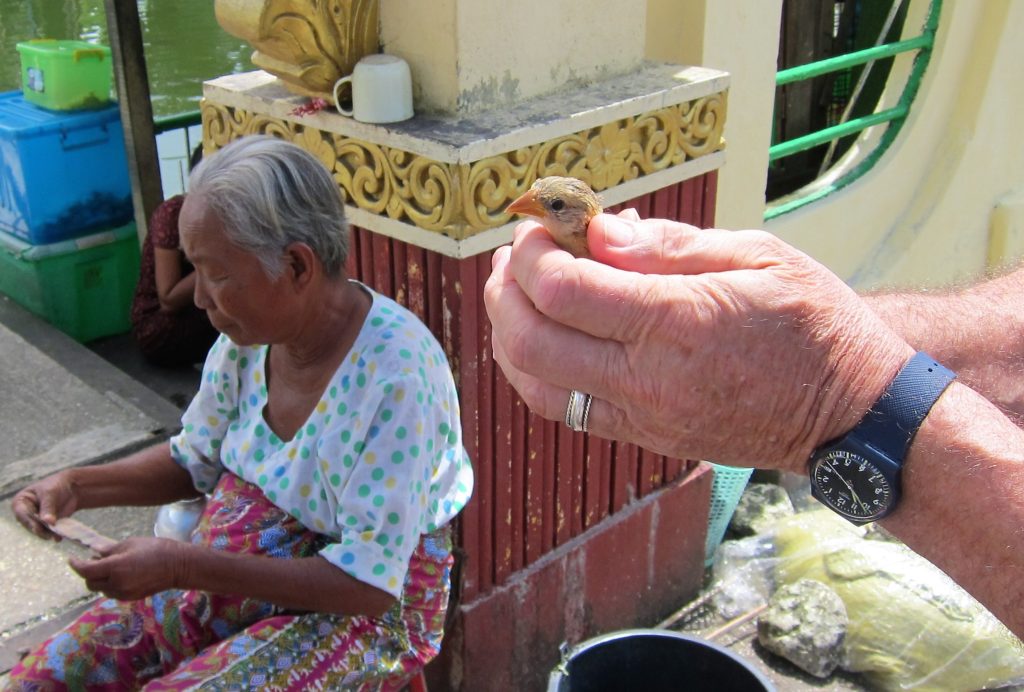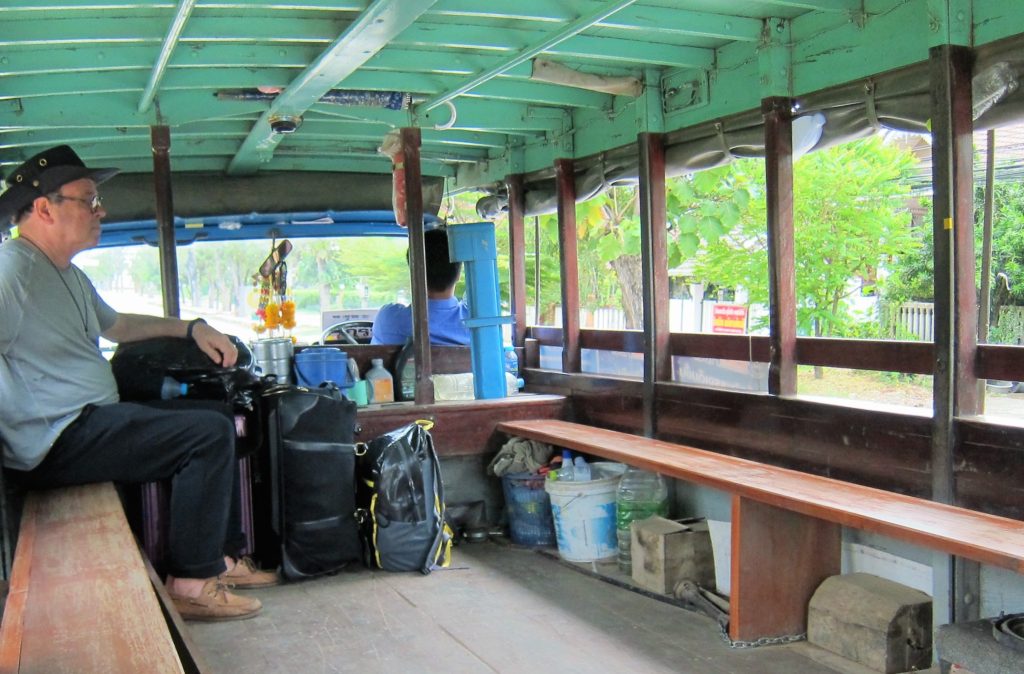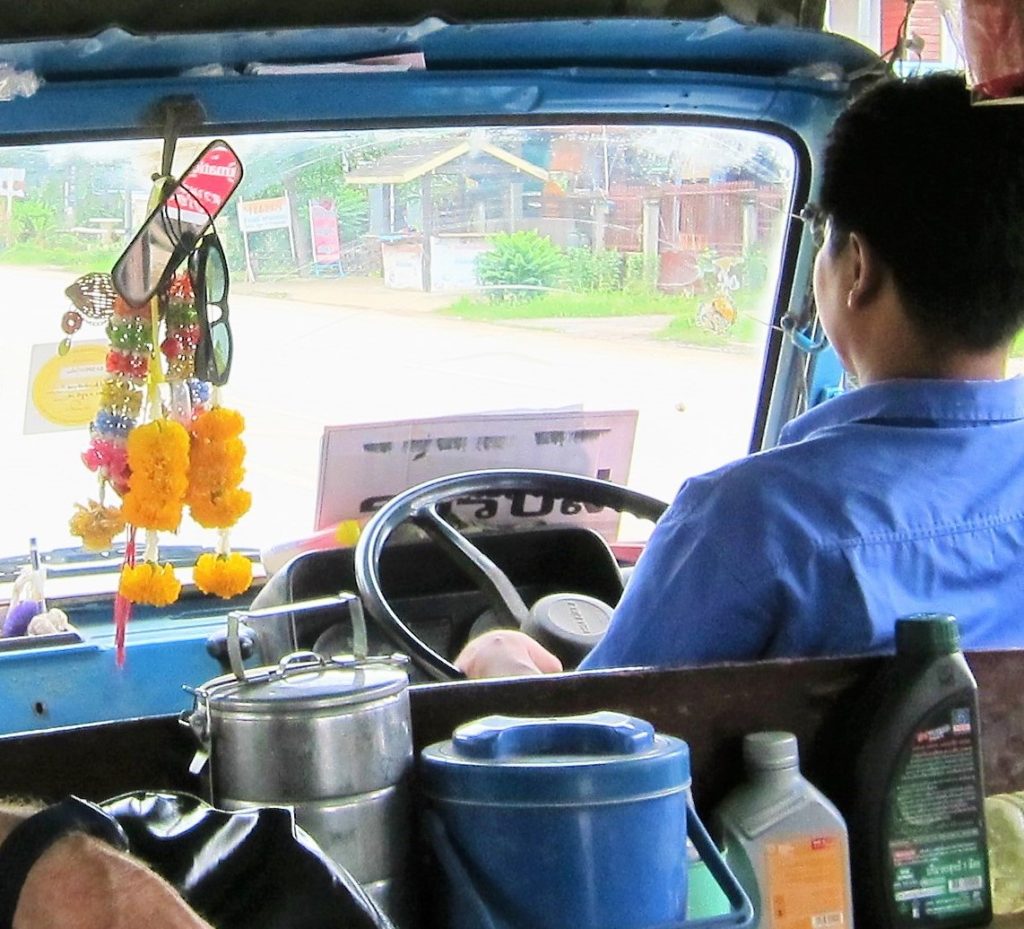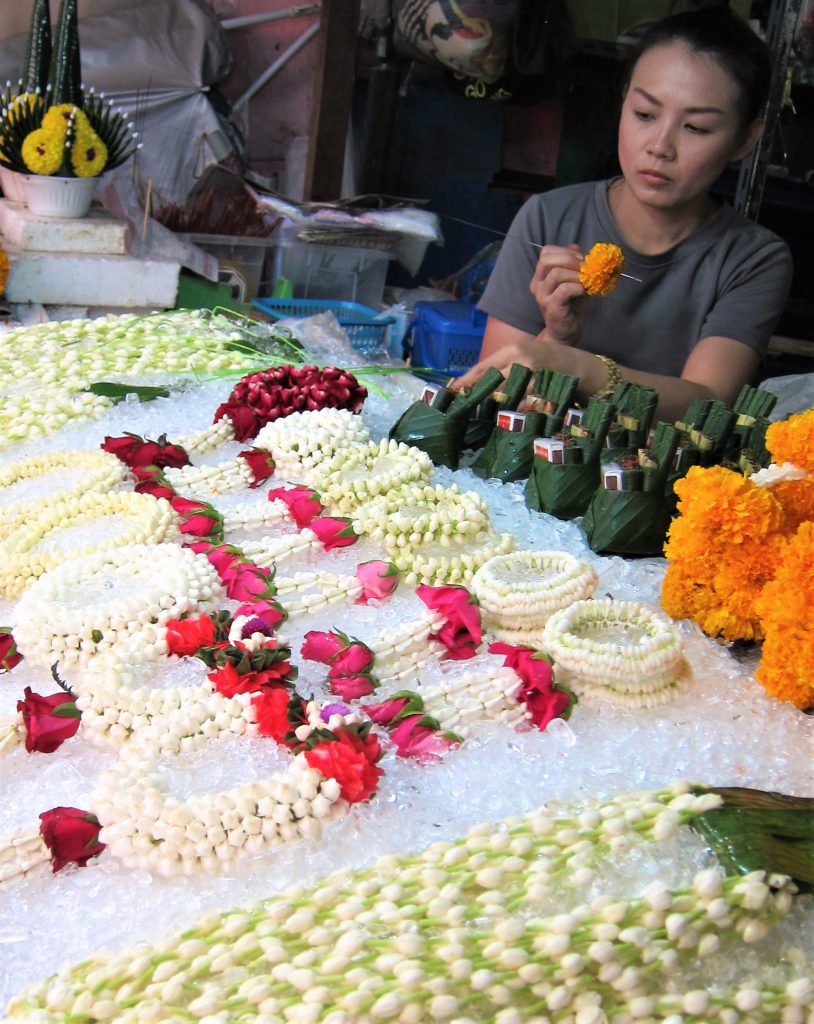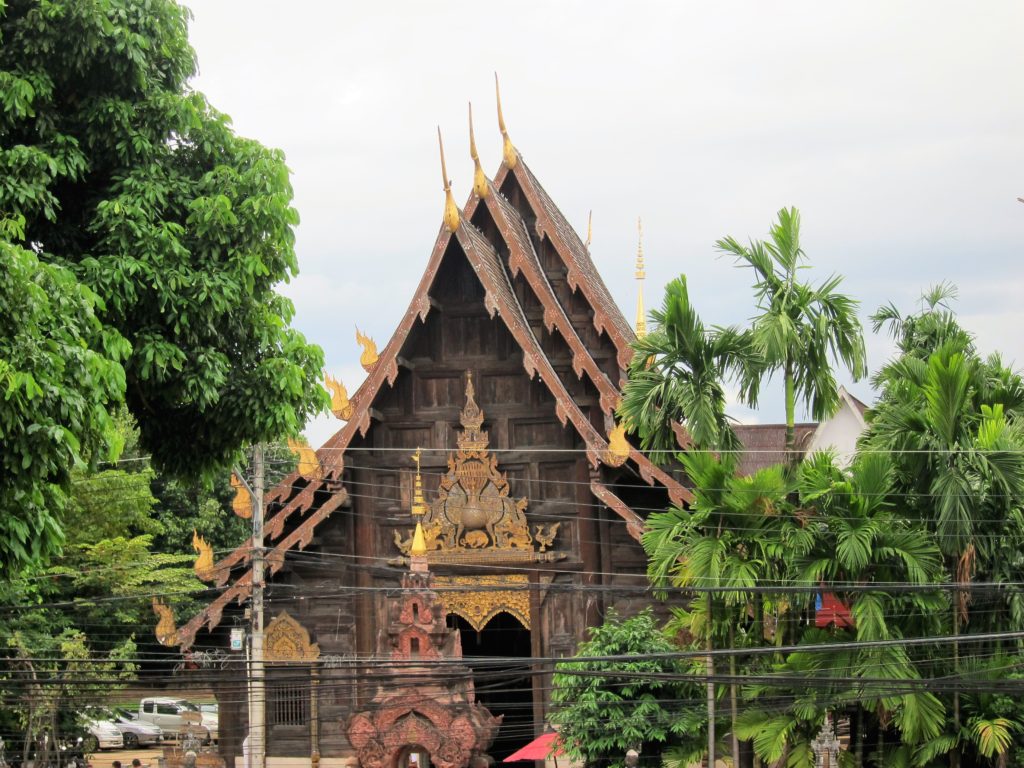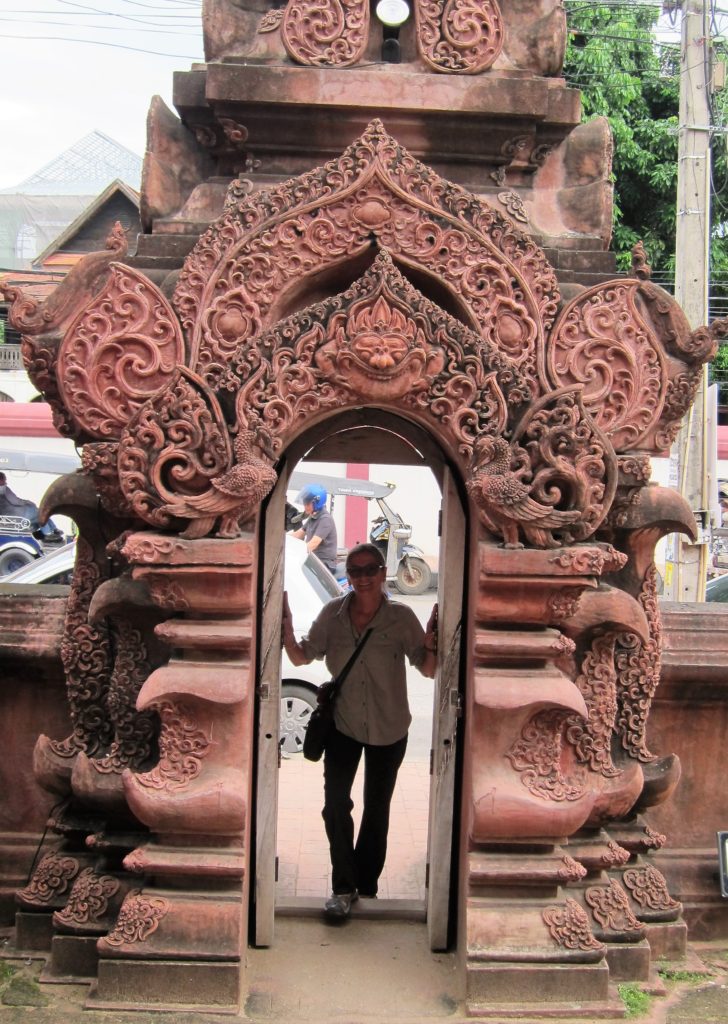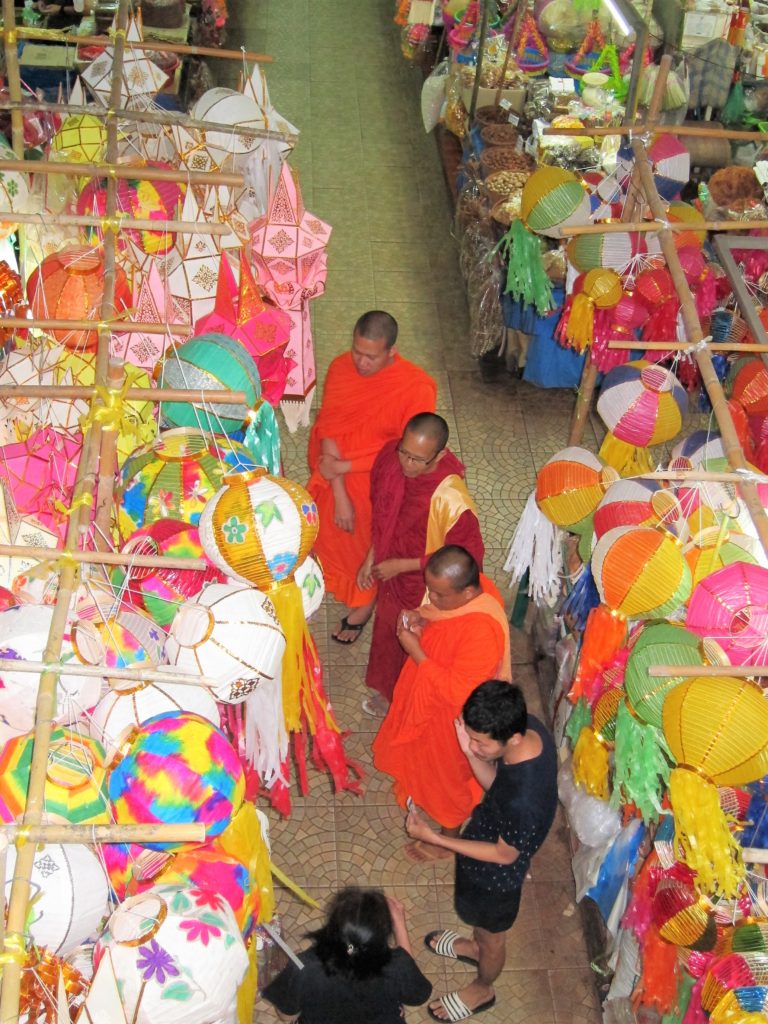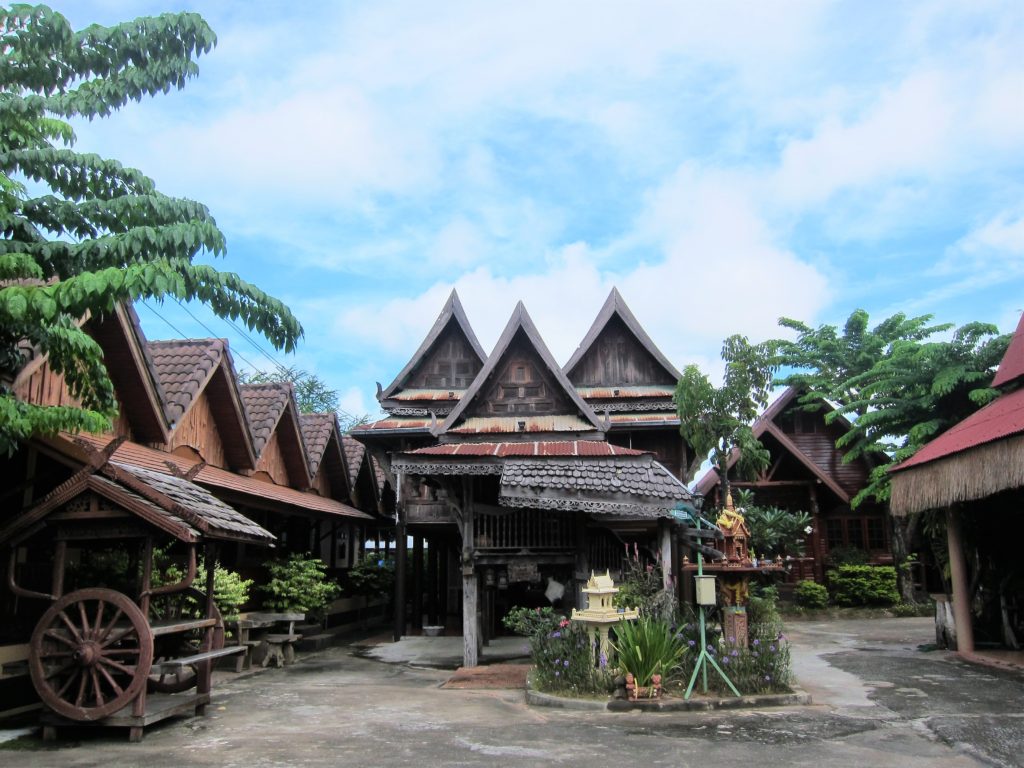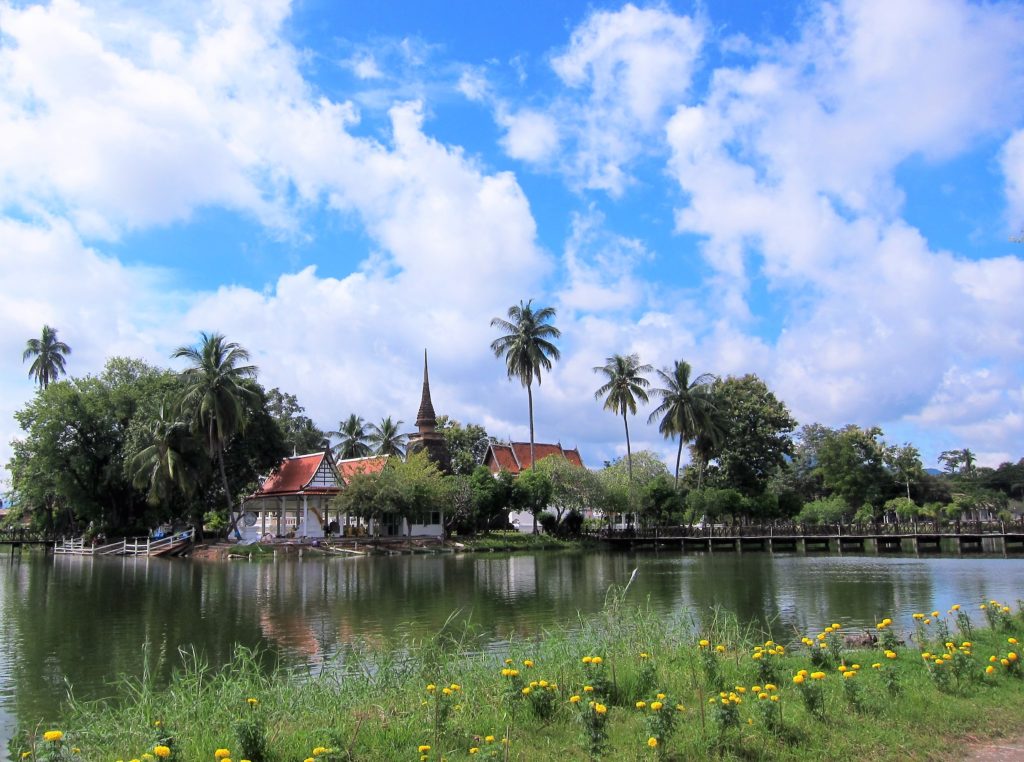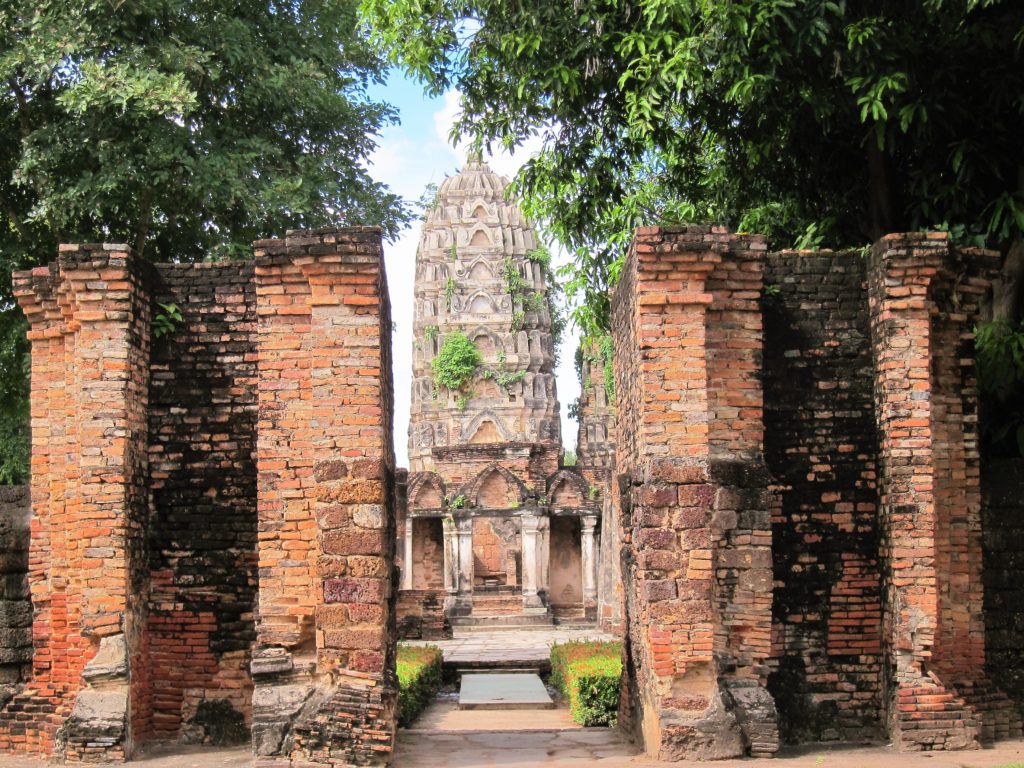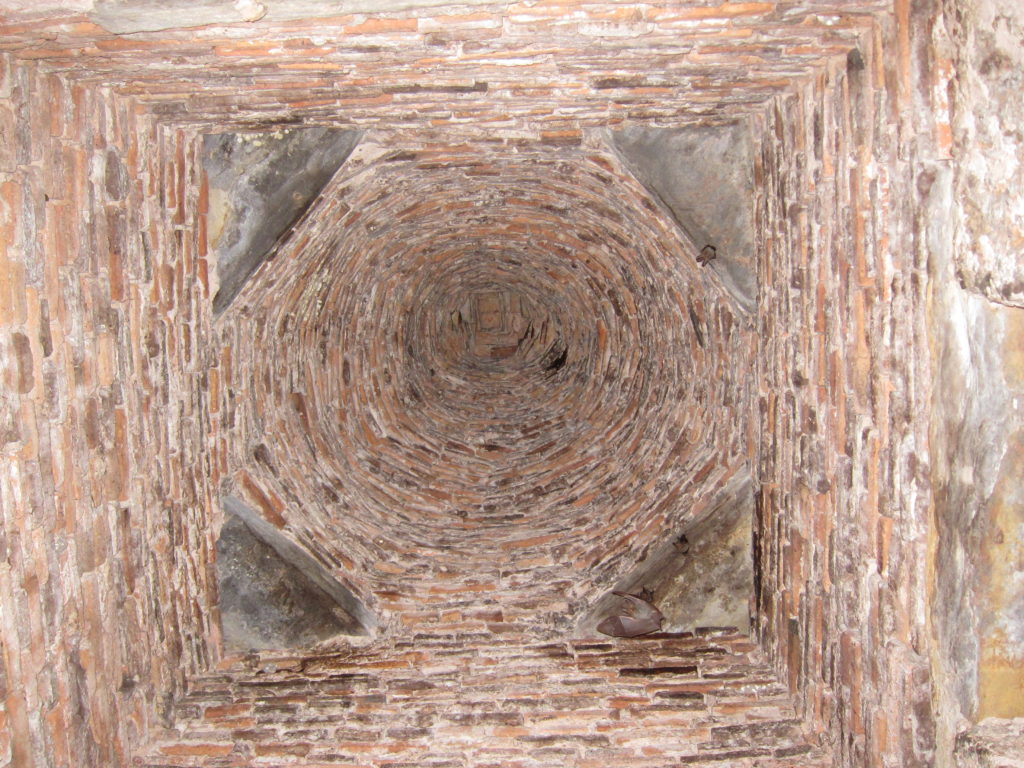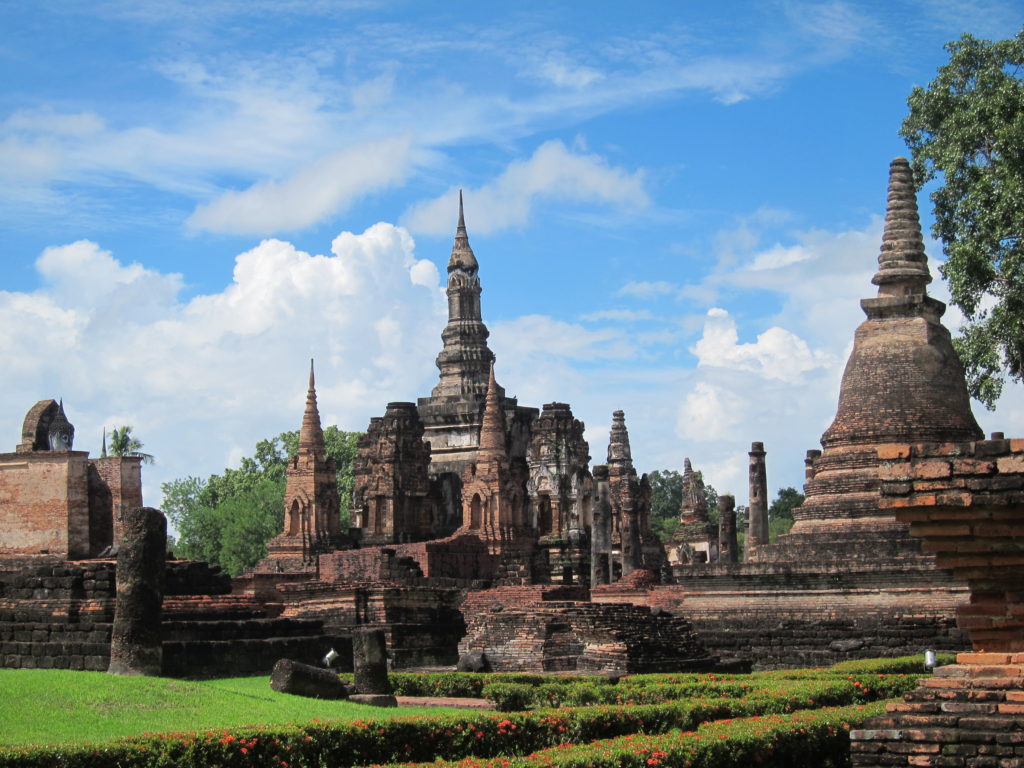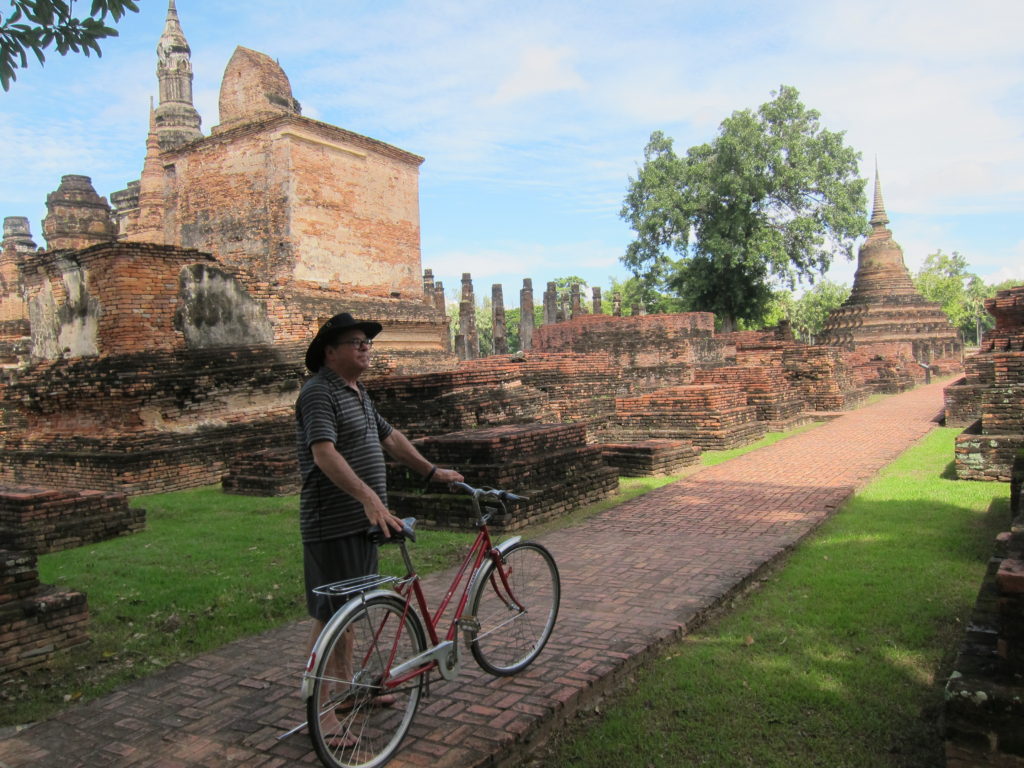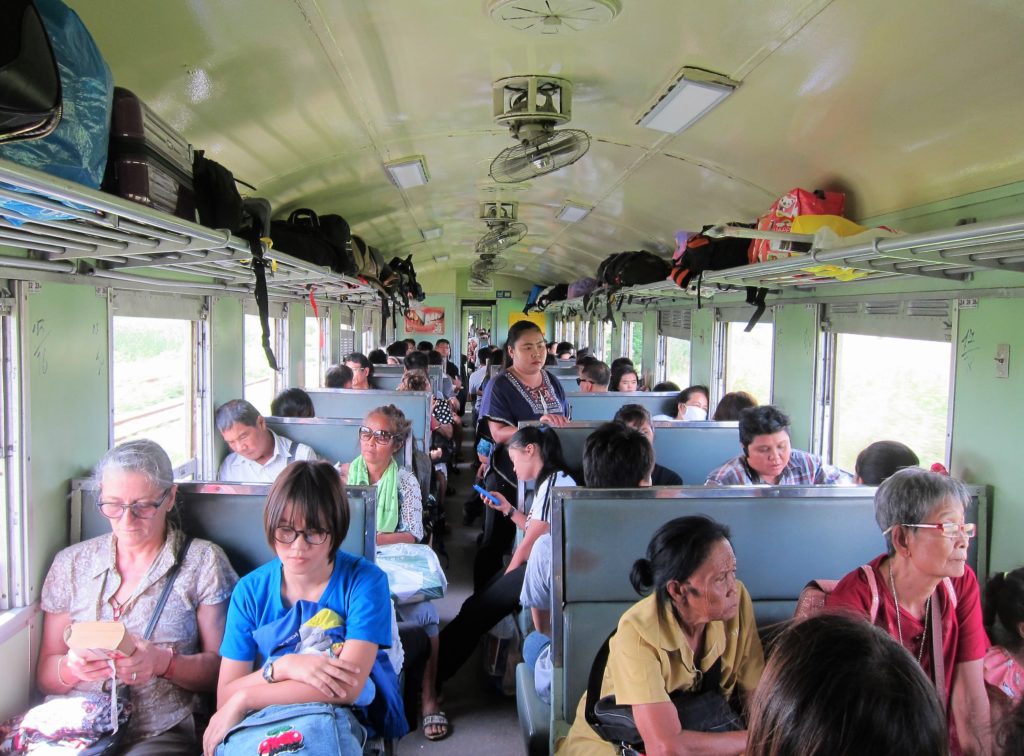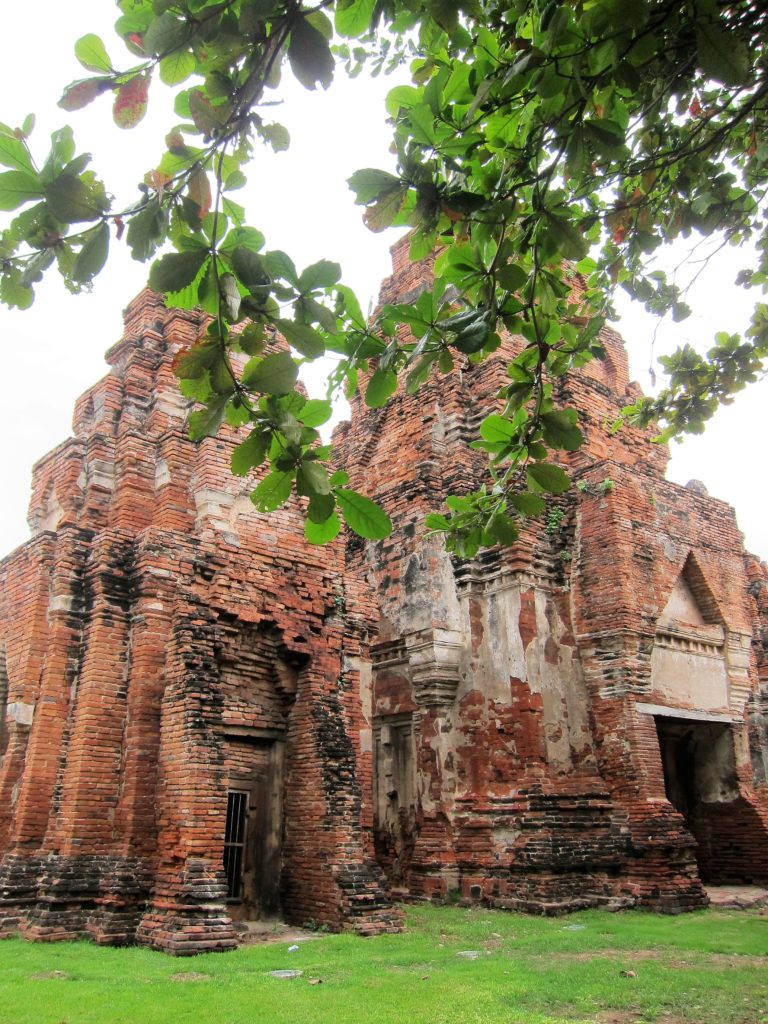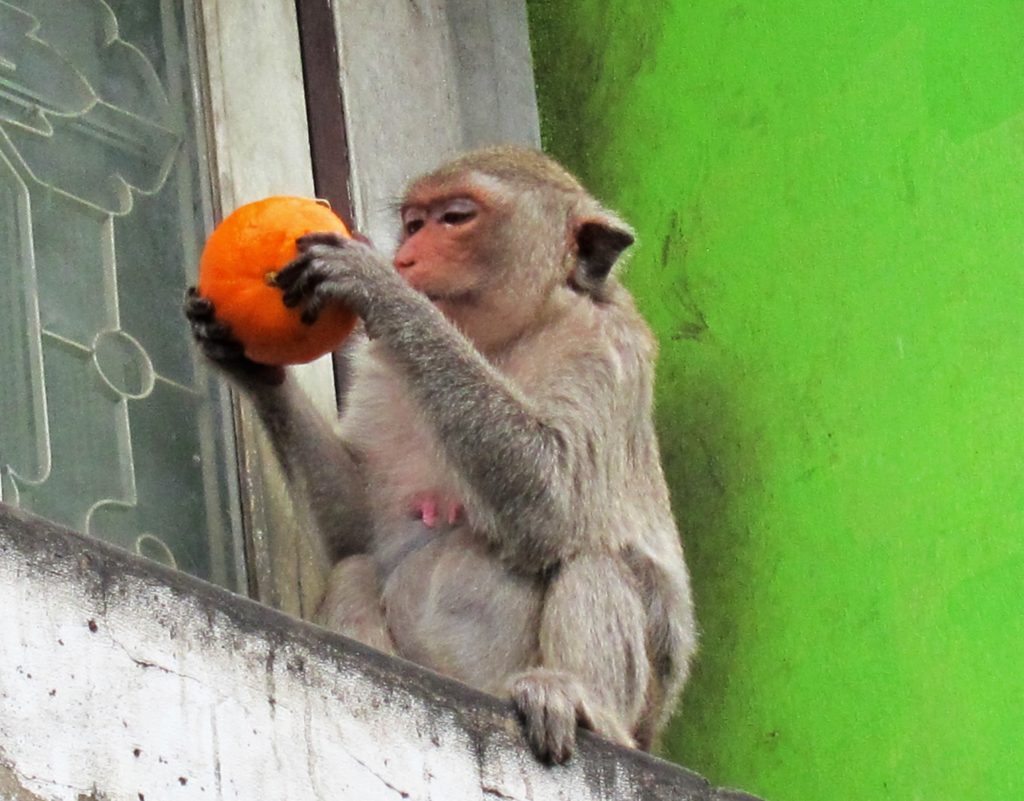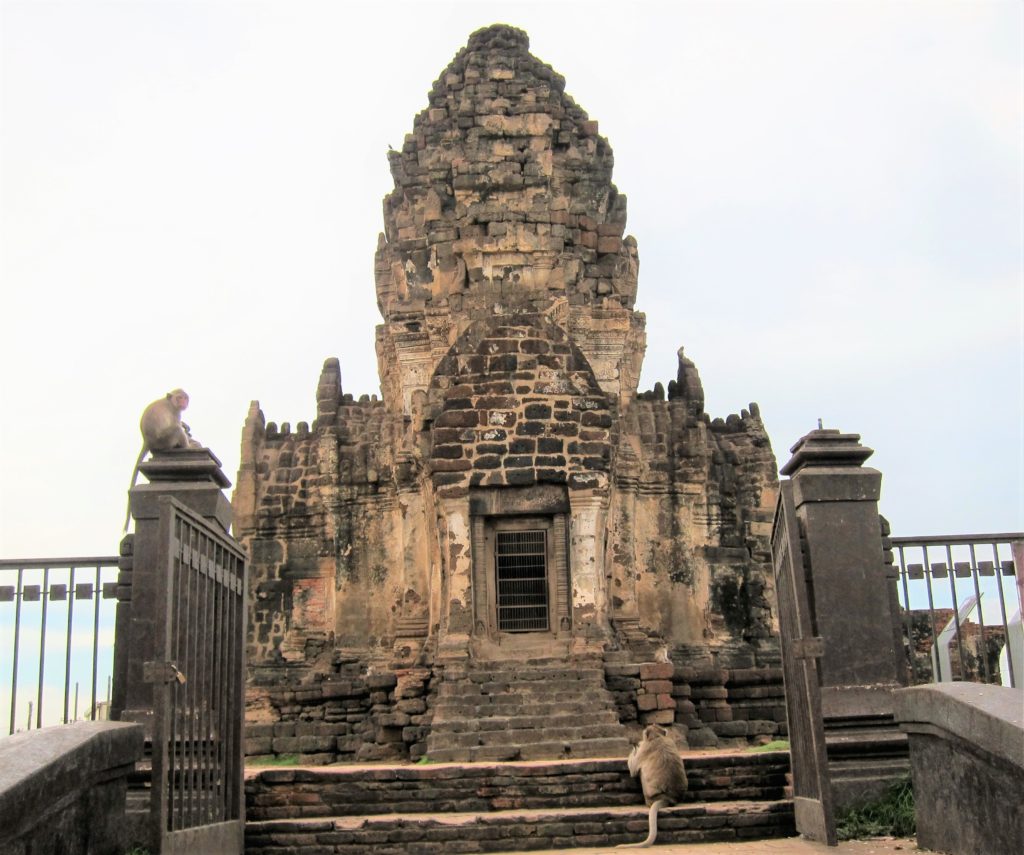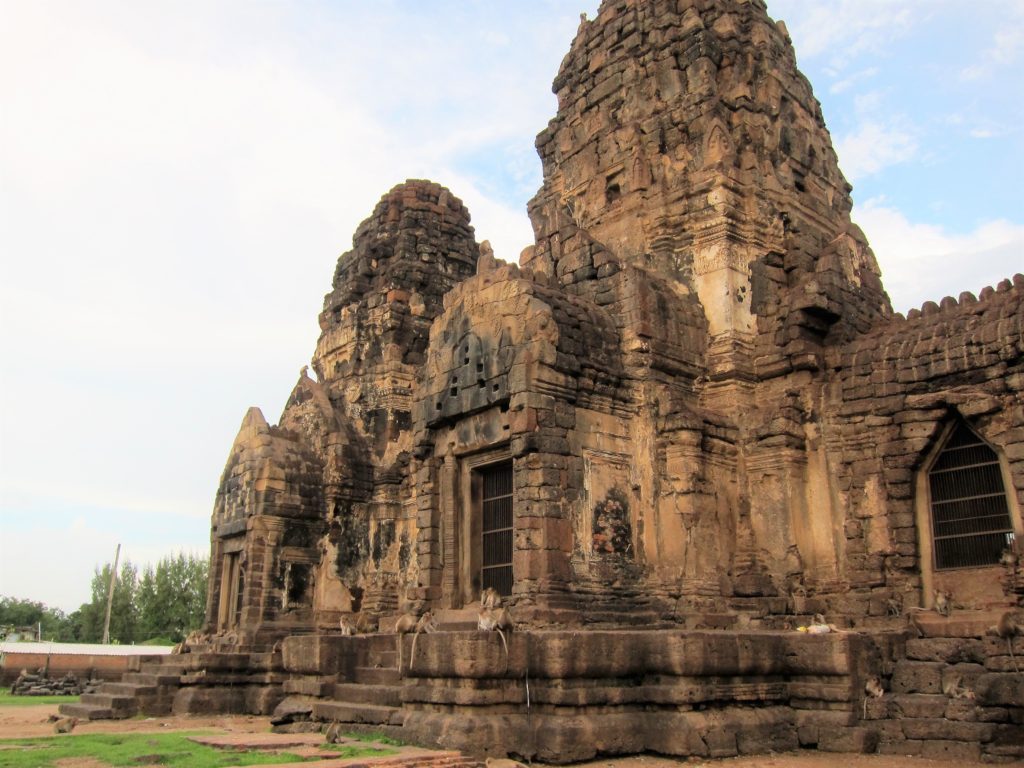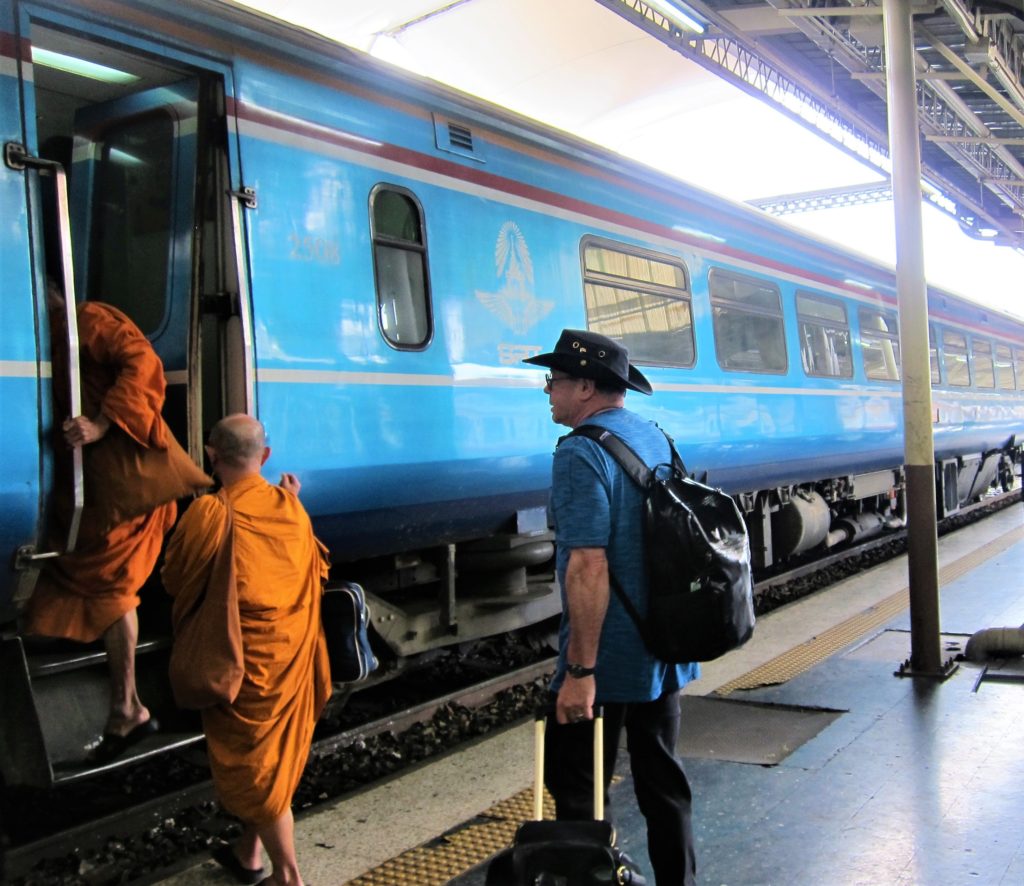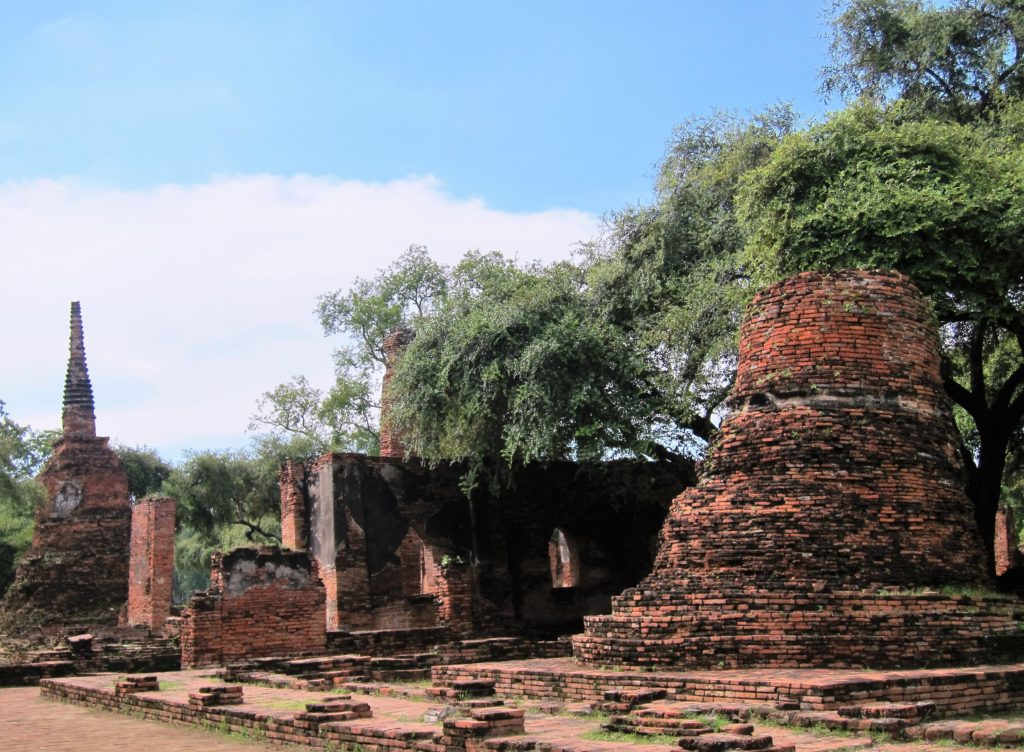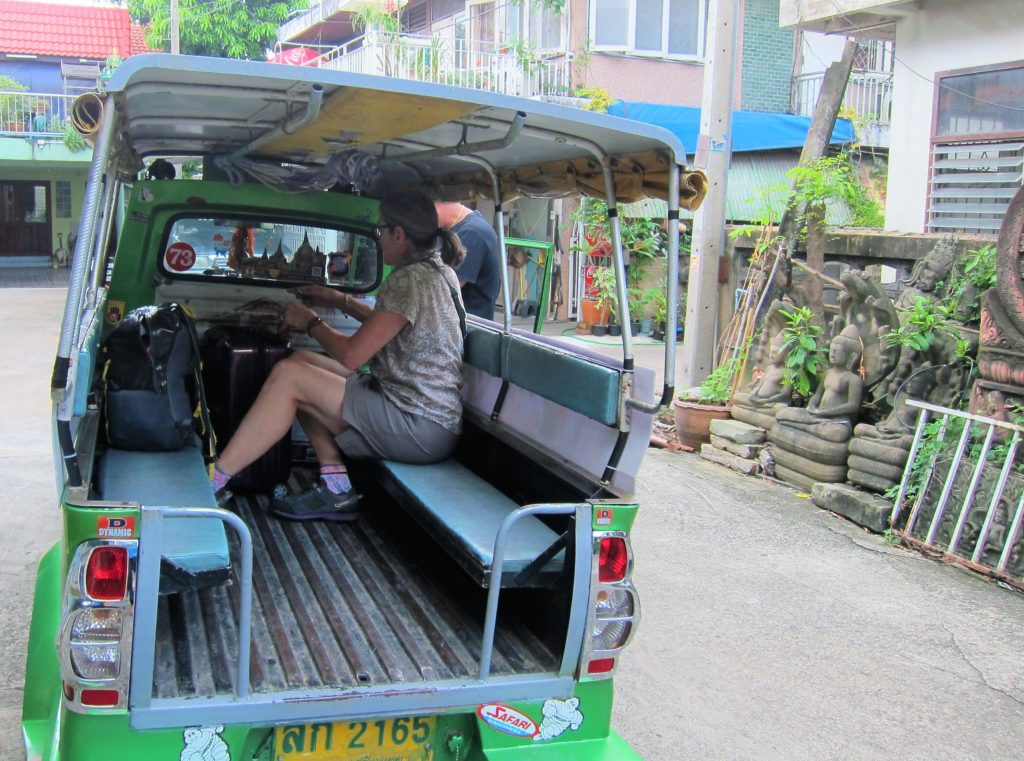Caught the 131 Up train from Mandalay to Lashio through Shan State. It leaves at 4:00 AM, entailing a 3:00 AM departure from the hotel and an 8- or 10-block walk through the quiet, deserted streets of Mandalay to the train station. (Mandalay, unlike Rangoon, is a problem for arranging transport. Except for motorcycle taxis, for which we are now too old and wise.)
We would think twice before doing this in Ottawa, where at this hour, trigger-happy gangstas and opioid-addled sociopaths roam the streets with impunity.
It’s very safe here – people are quite gentle. Even the souvenir vendors lack aggression. We flagged down a passing car that was prepared to drive us to the train station for a few thousand Kyat.
Departure. Slumber. After a few switchbacks in early morning mist, we are in higher country.
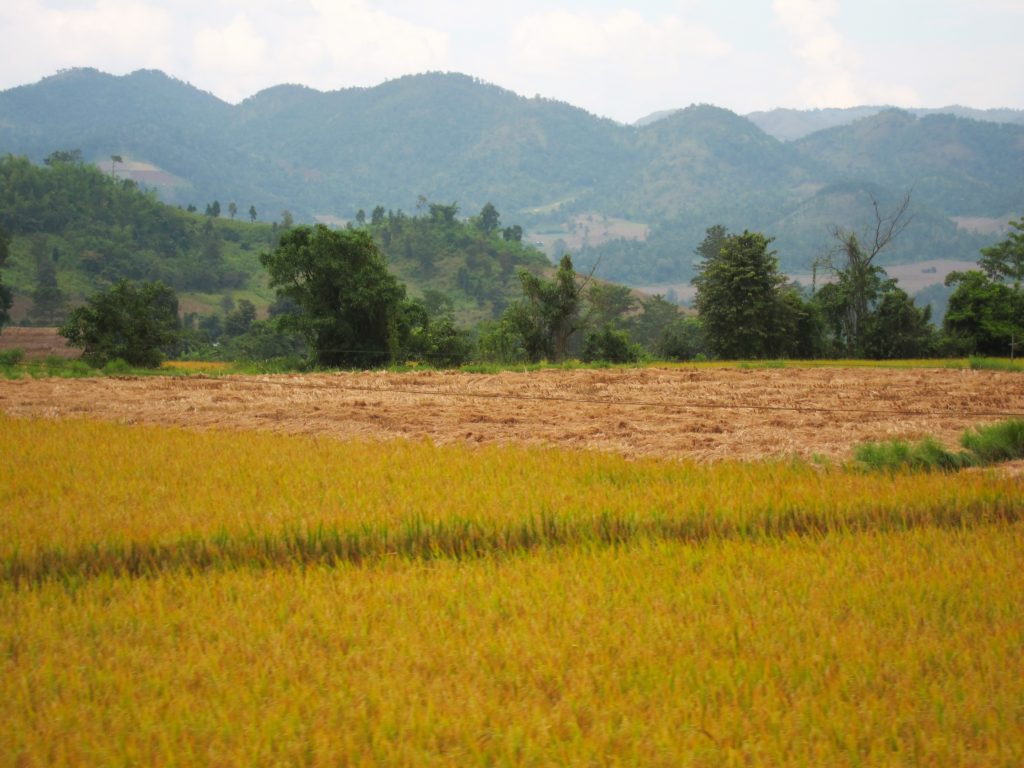
I’ve discovered the joys of downloading music to my IPhone (a hand-me-down from Maria after she upgraded).

Originally bound for Pyin Oo Lwin, we decided to go further to cross the Gokteik viaduct, once the world’s highest railway bridge (over a century ago).
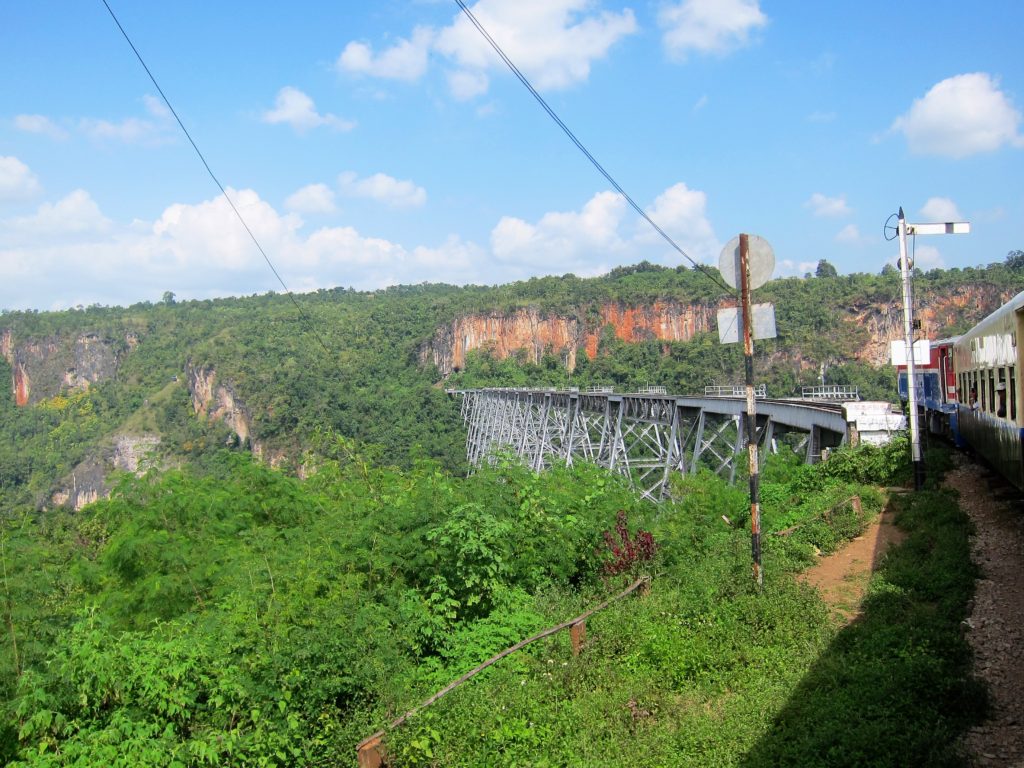
I remember this from Paul Theroux’s The Great Railway Bazaar and its reprise, Ghost Train to the Eastern Star, both of which reward reading or re-reading.
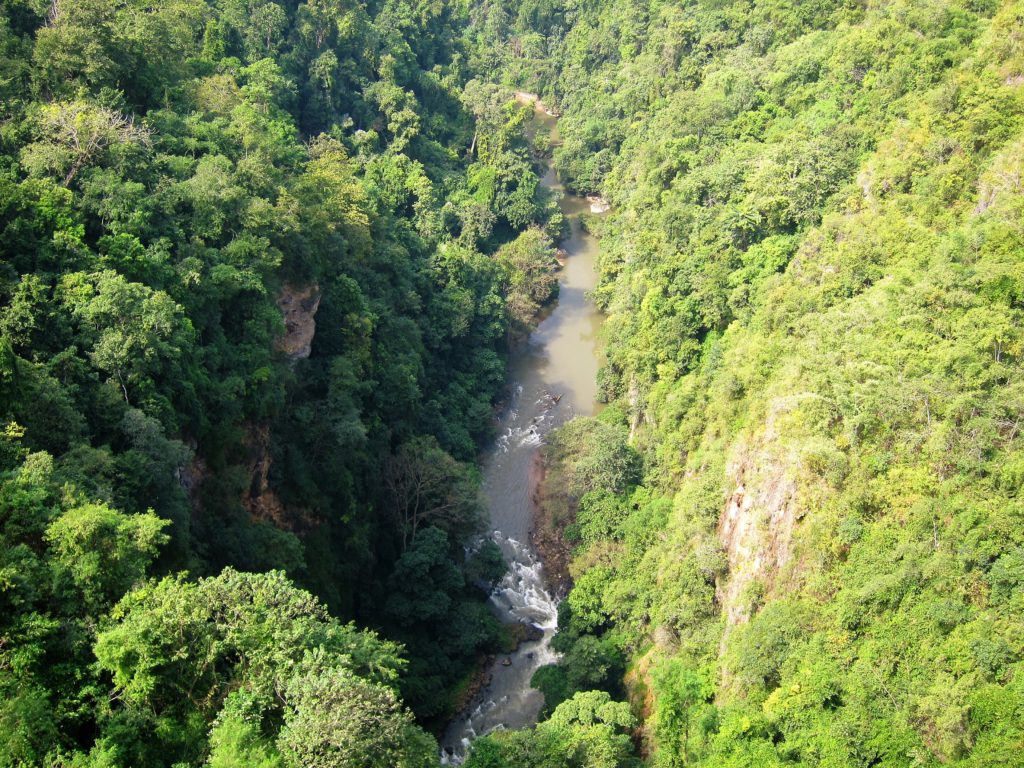
Along the way, people are harvesting grain. It looks like a Van Gogh or Gauguin painting: groups of people using hand scythes to cut the stalks, laying down arm-bundle-sized stooks, and piling them into haystacks.
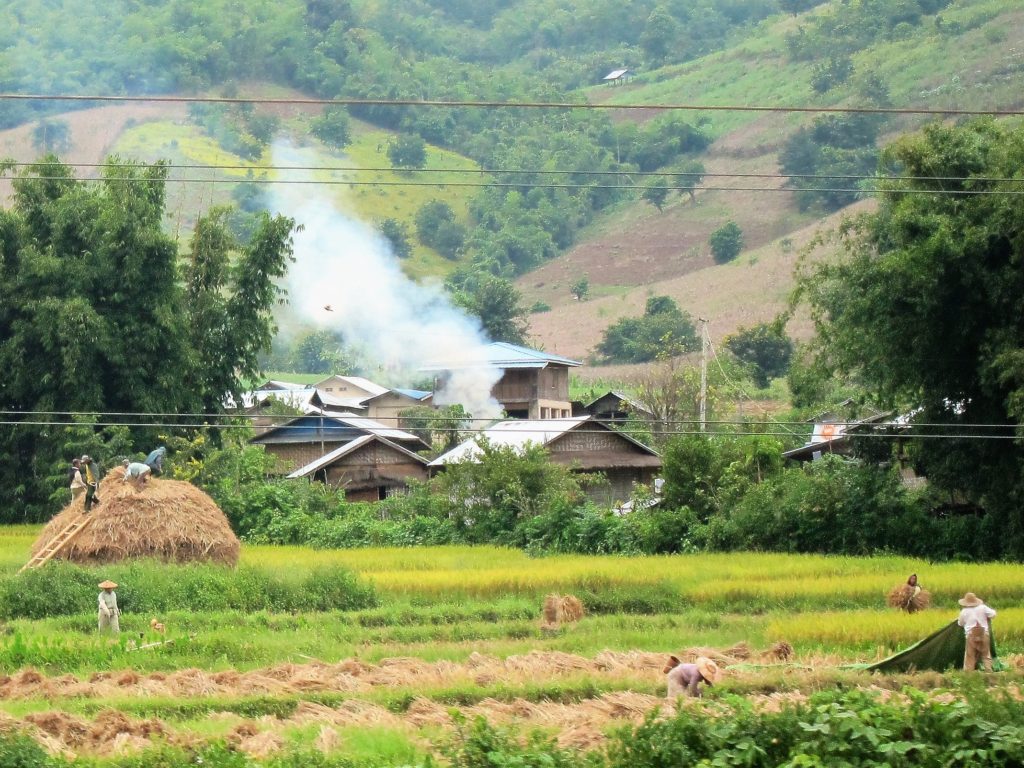
A big tip o’ the Tilley hat to this site for its invaluable info about taking trains here. There is virtually no posted information available at stations in English (although the staff behind the wickets are very helpful), the schedules listed on official websites are incorrect, and there are lots of recondite details that would be time-consuming to uncover, such as the location of the advance ticket counter in Rangoon.
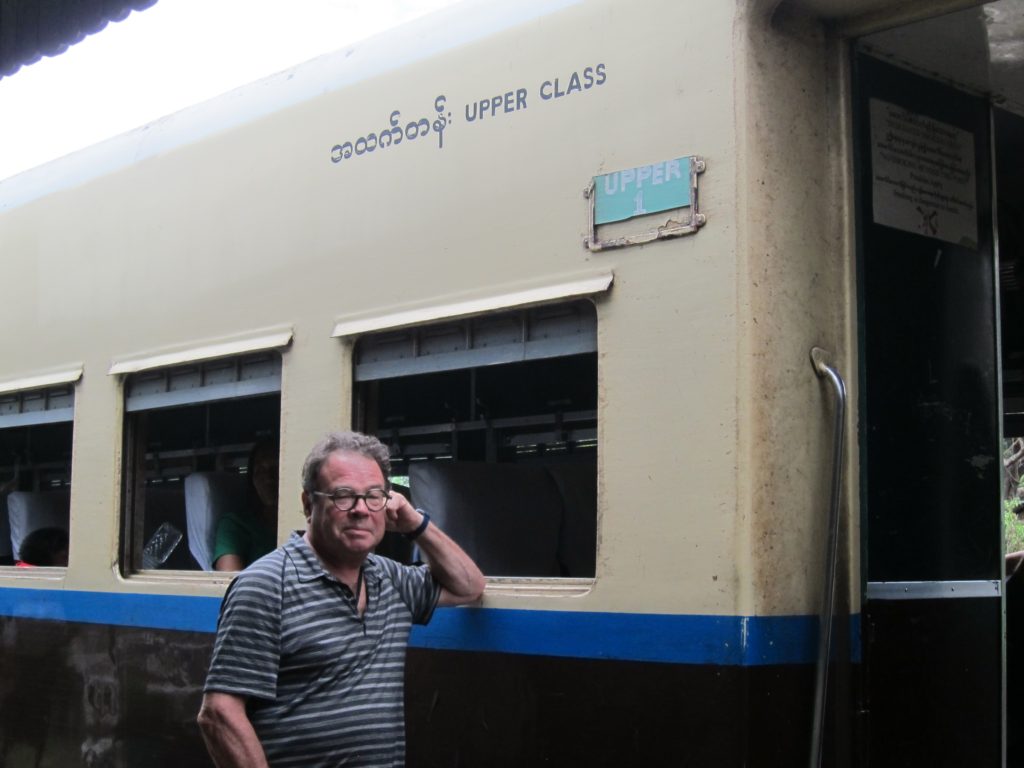
We usually carry a supply of drinks and snacks. In case of emergencies, there’s always something to buy on the platform.

After a journey of 11 hours and 230 kilometres, we arrive in Hsipaw.
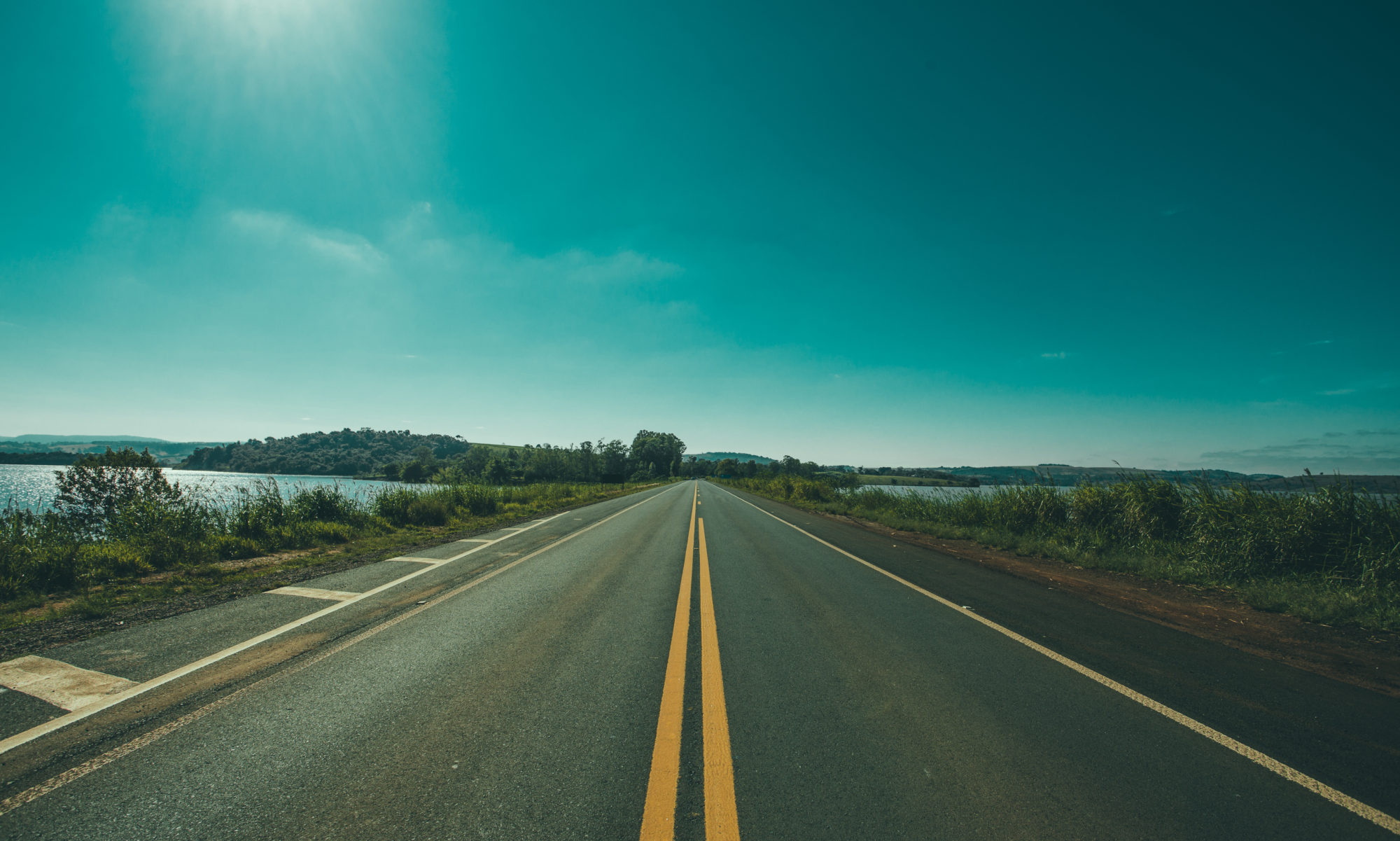
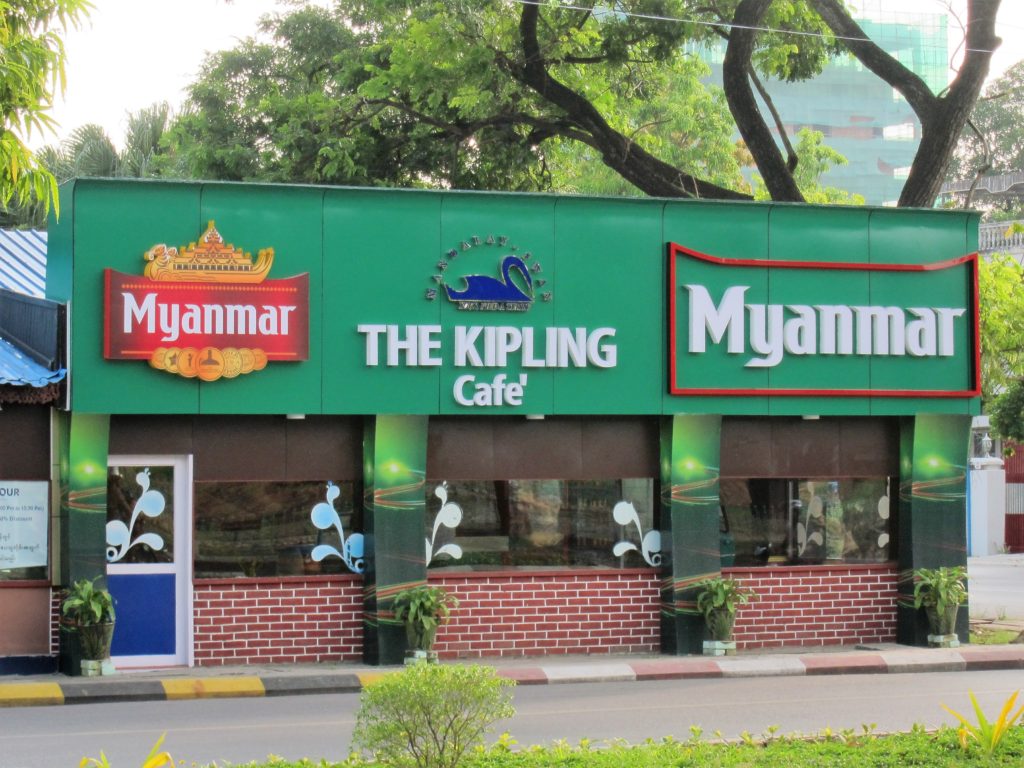
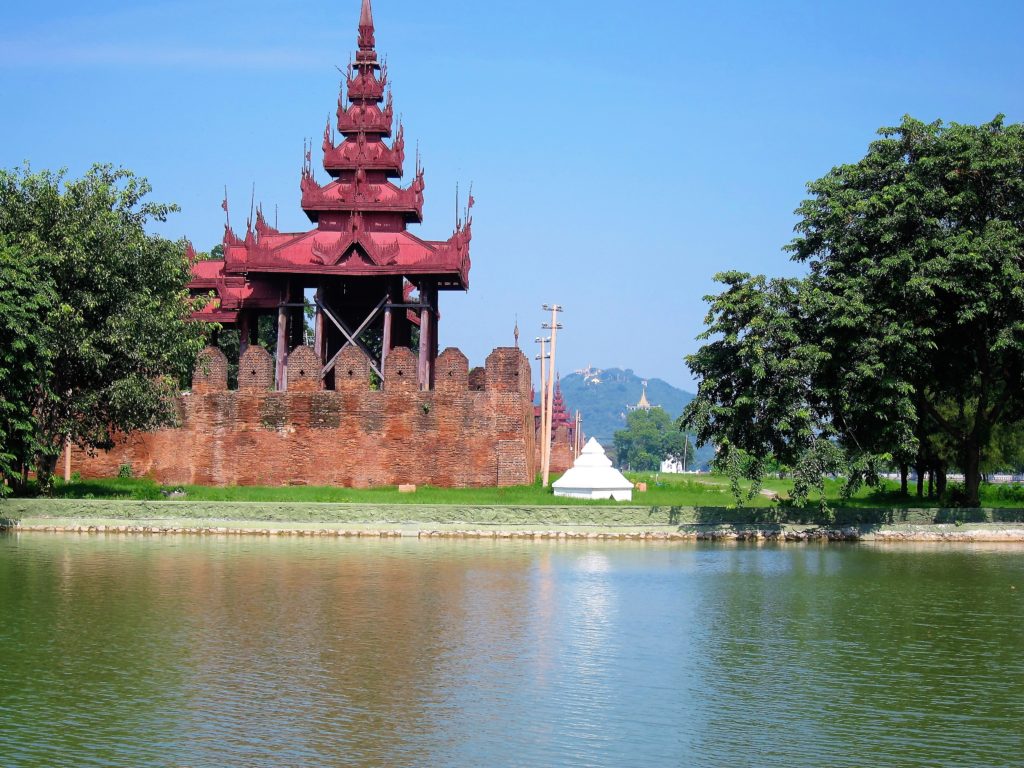
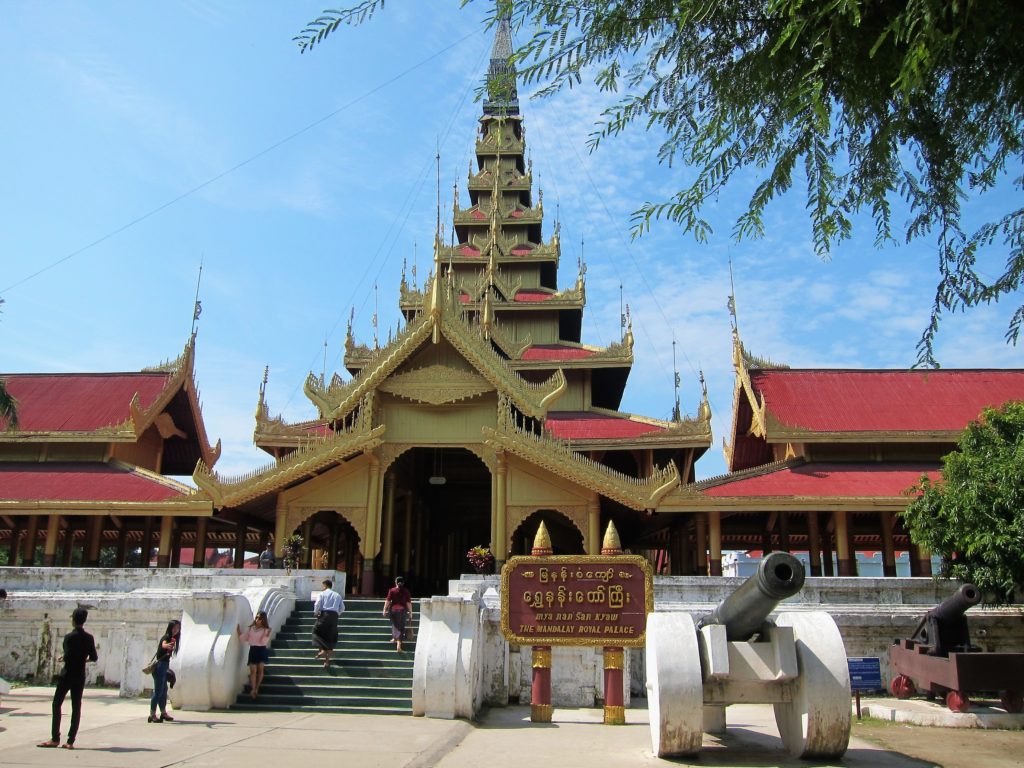
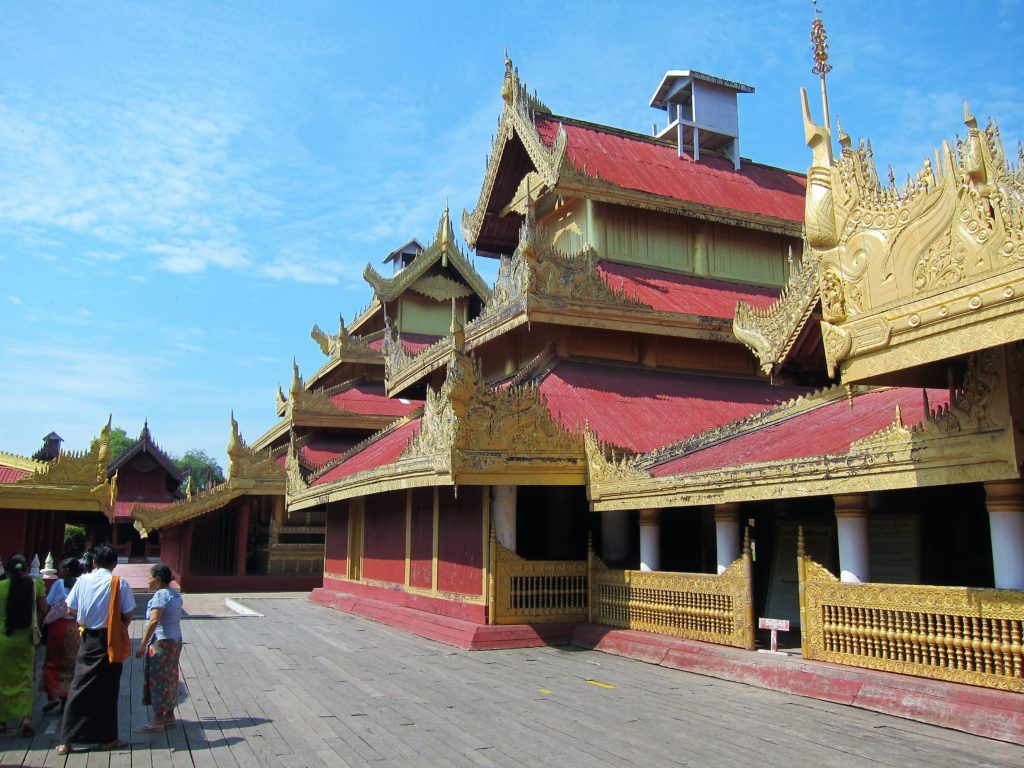
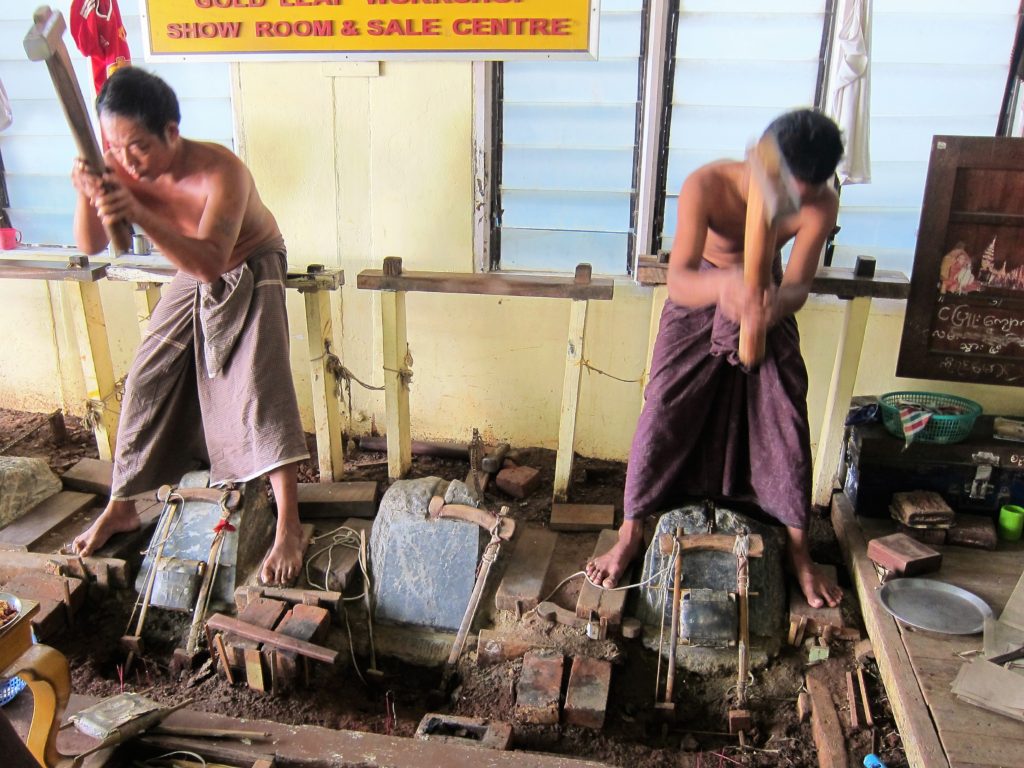
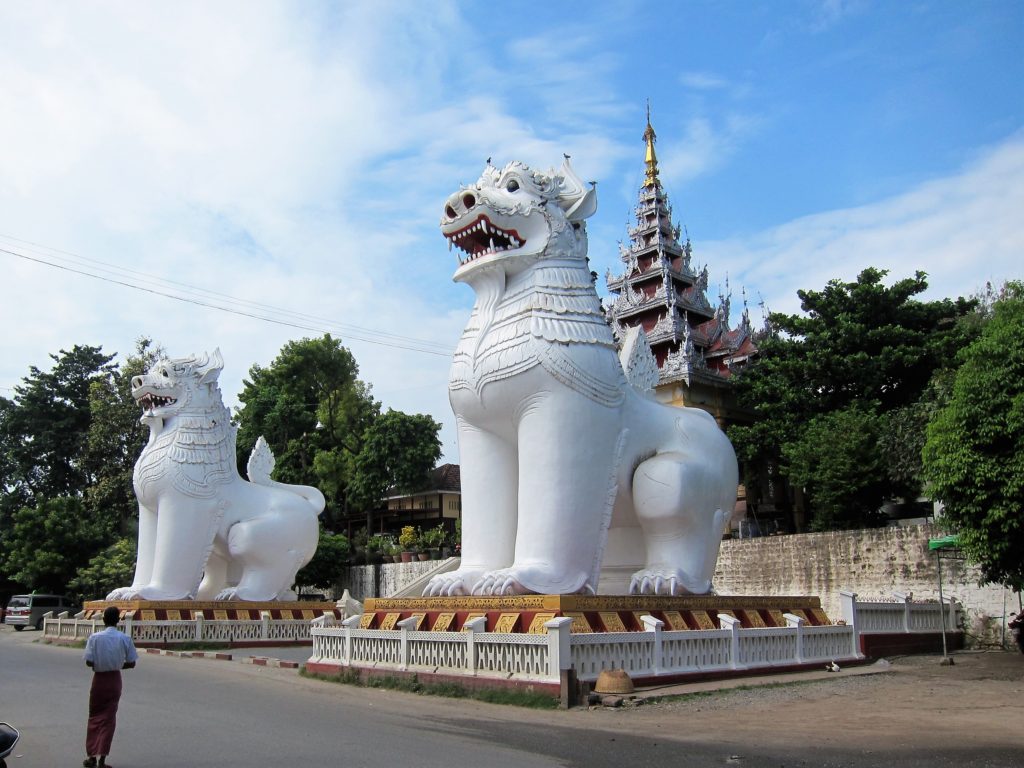
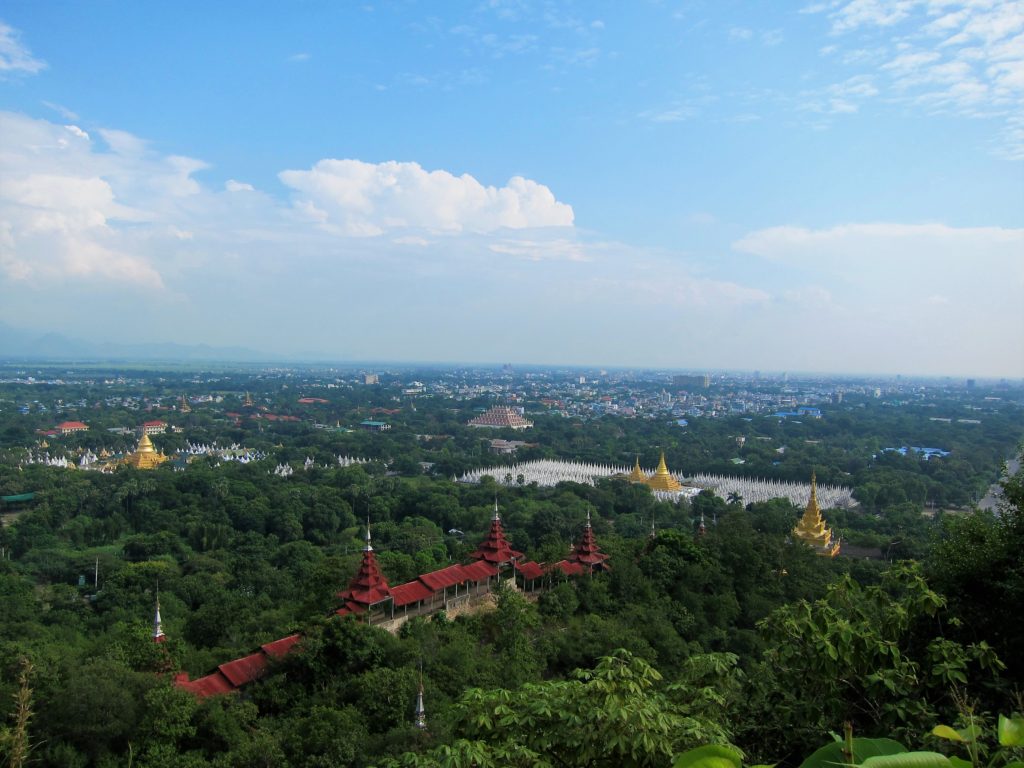
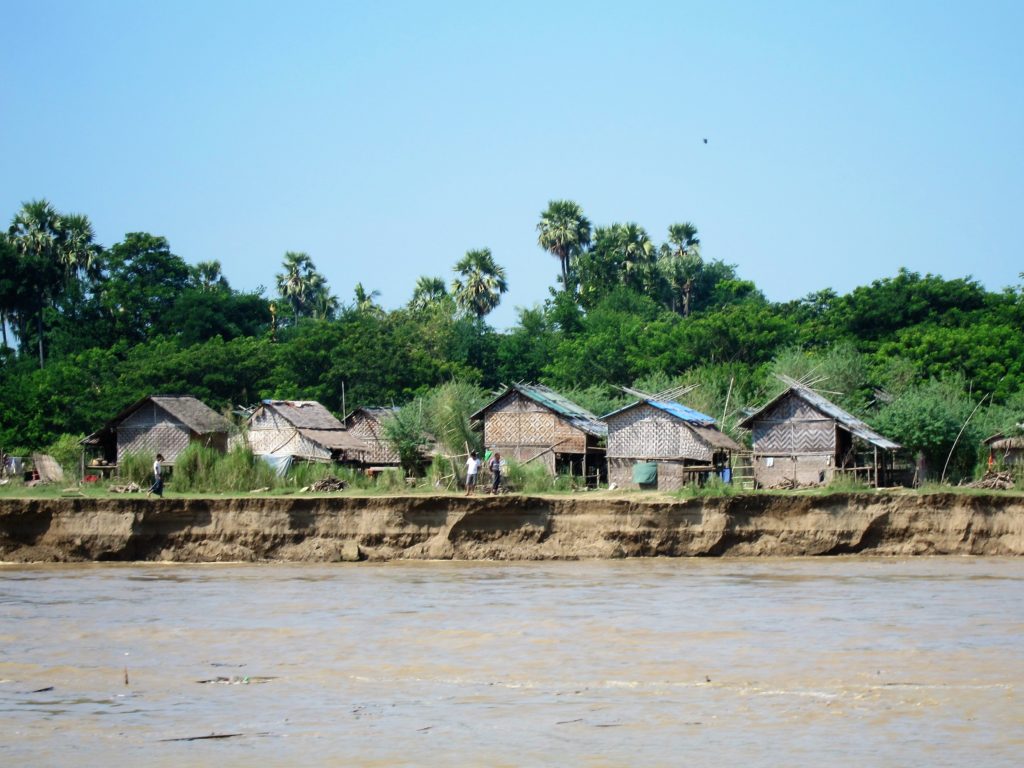
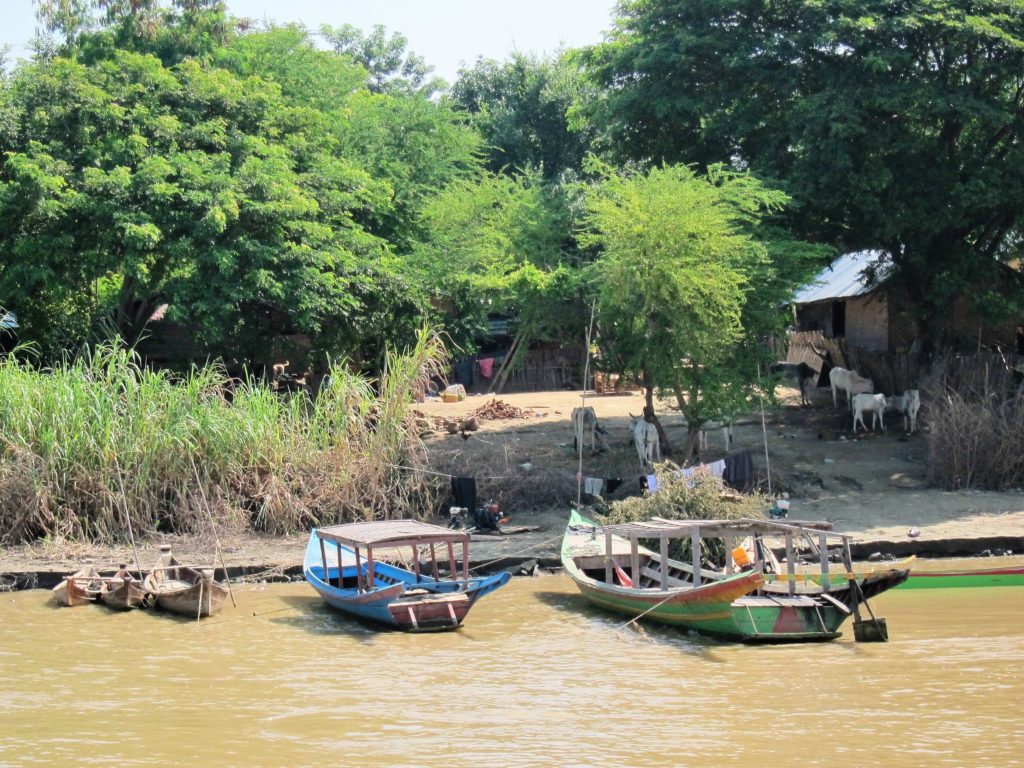
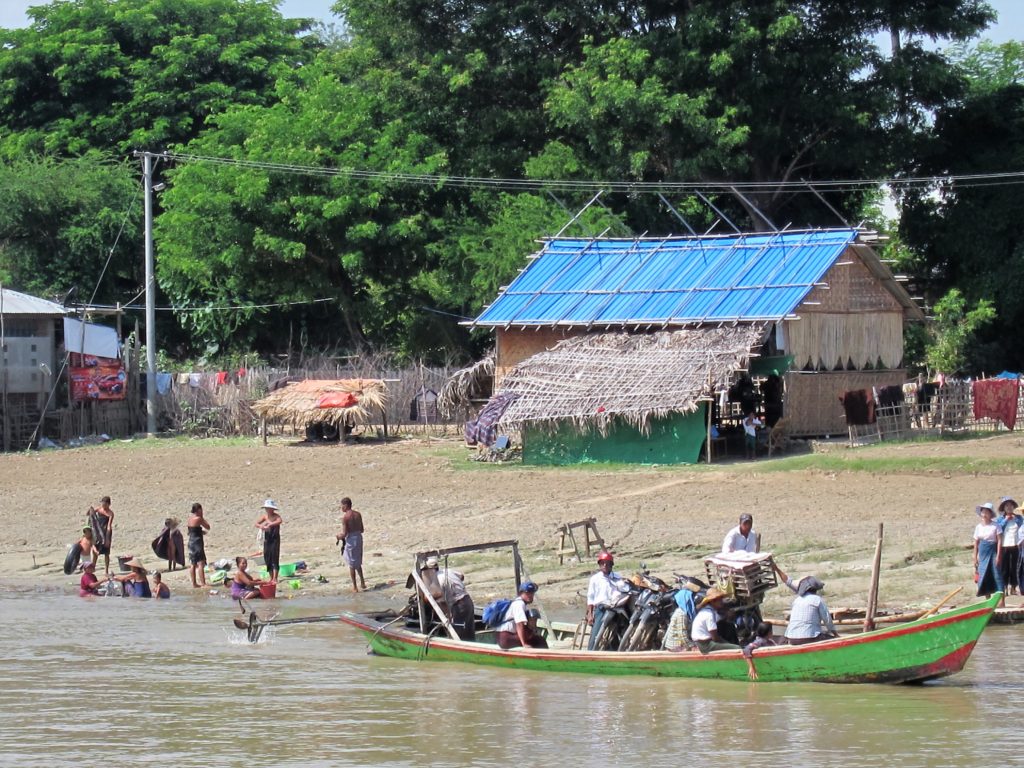
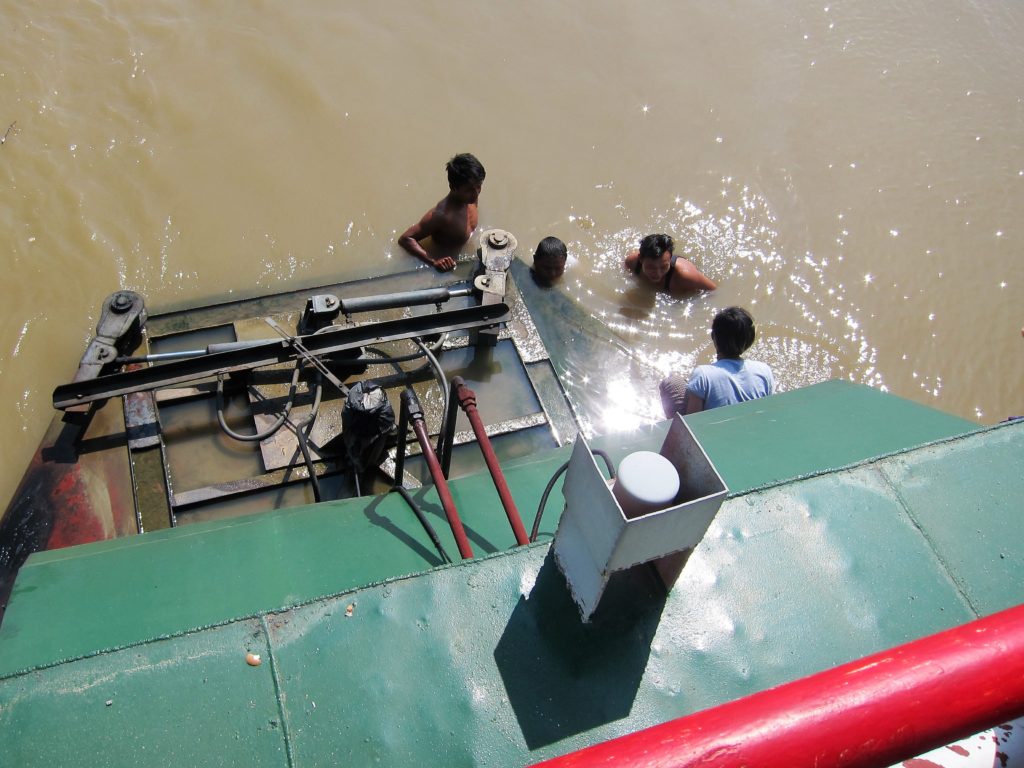
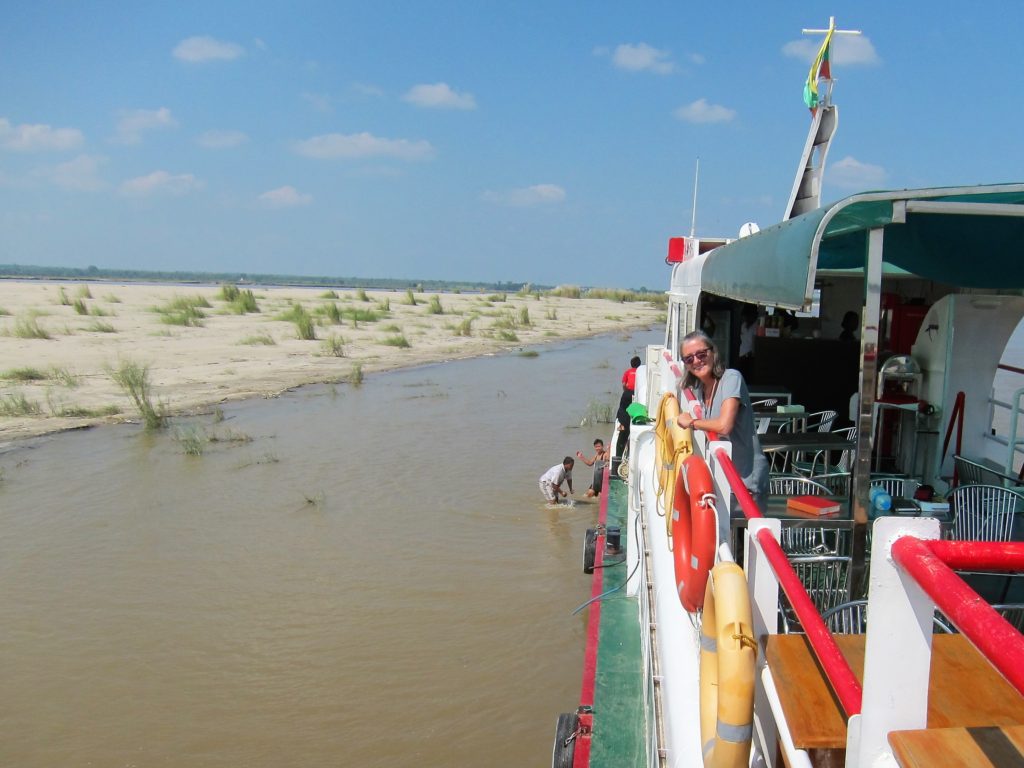 Eventually, our delay was so long that the boat company ordered a bus to meet us at a town a few hours away from Mandalay, where we left our crippled vessel.
Eventually, our delay was so long that the boat company ordered a bus to meet us at a town a few hours away from Mandalay, where we left our crippled vessel.
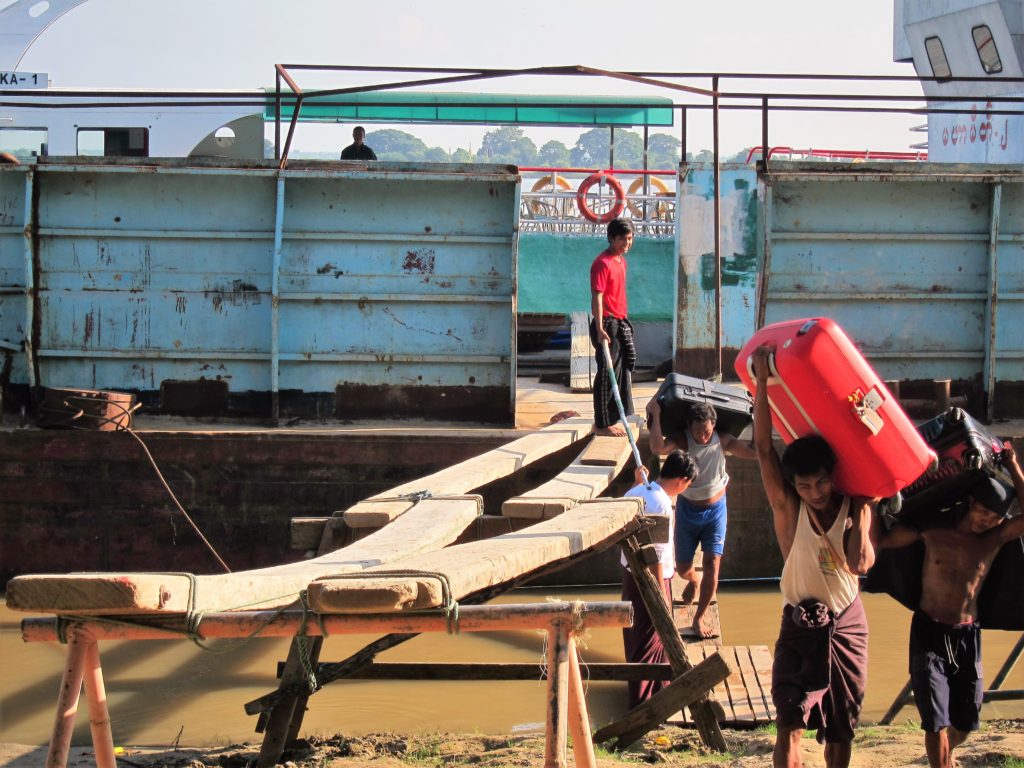
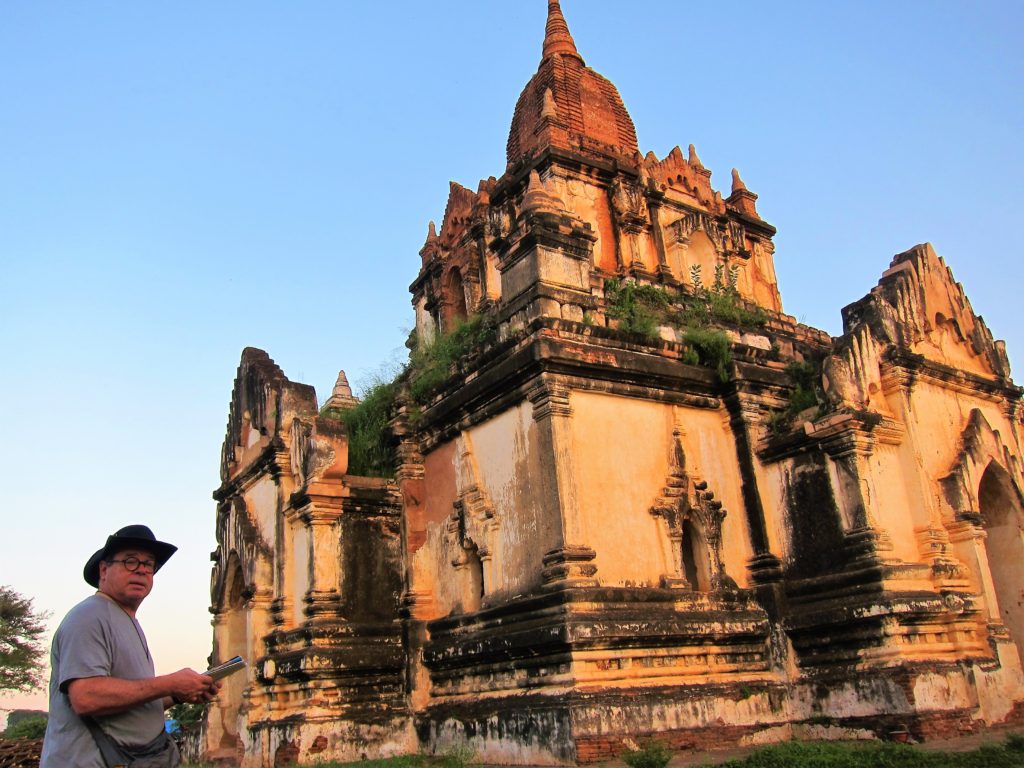
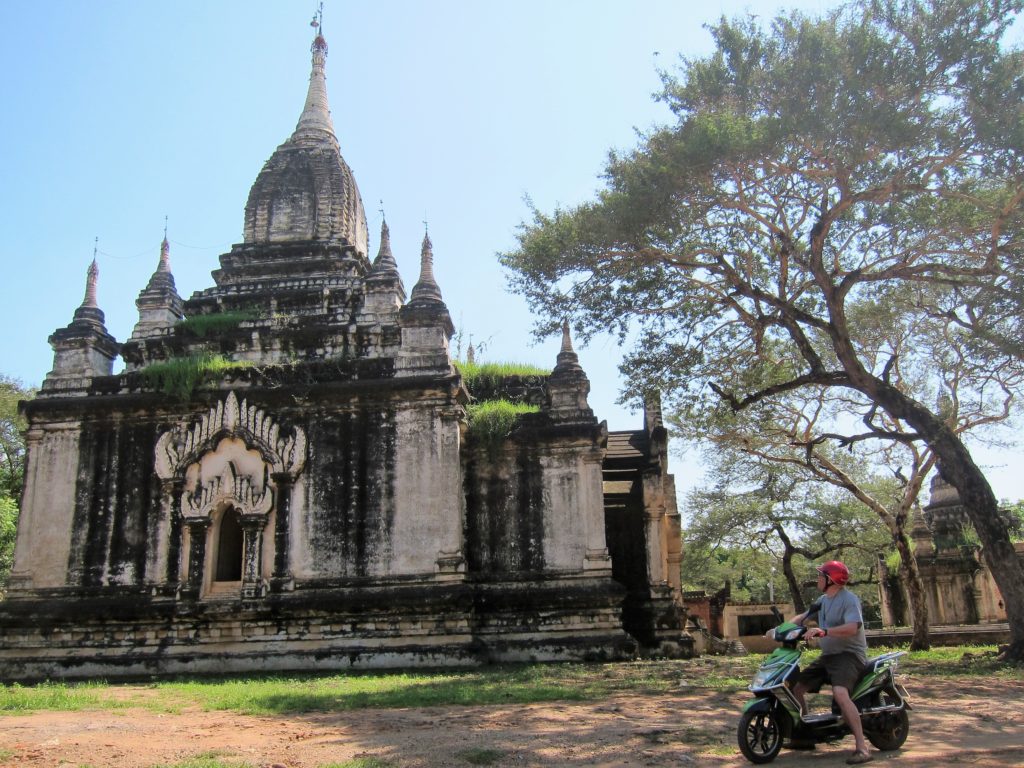
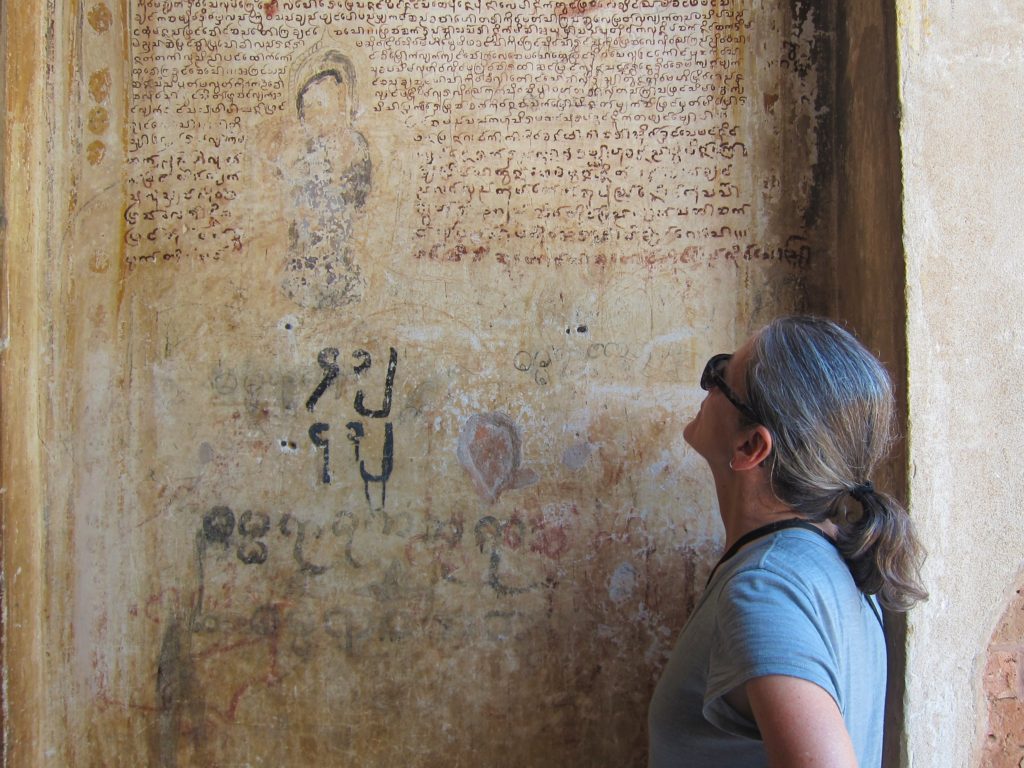
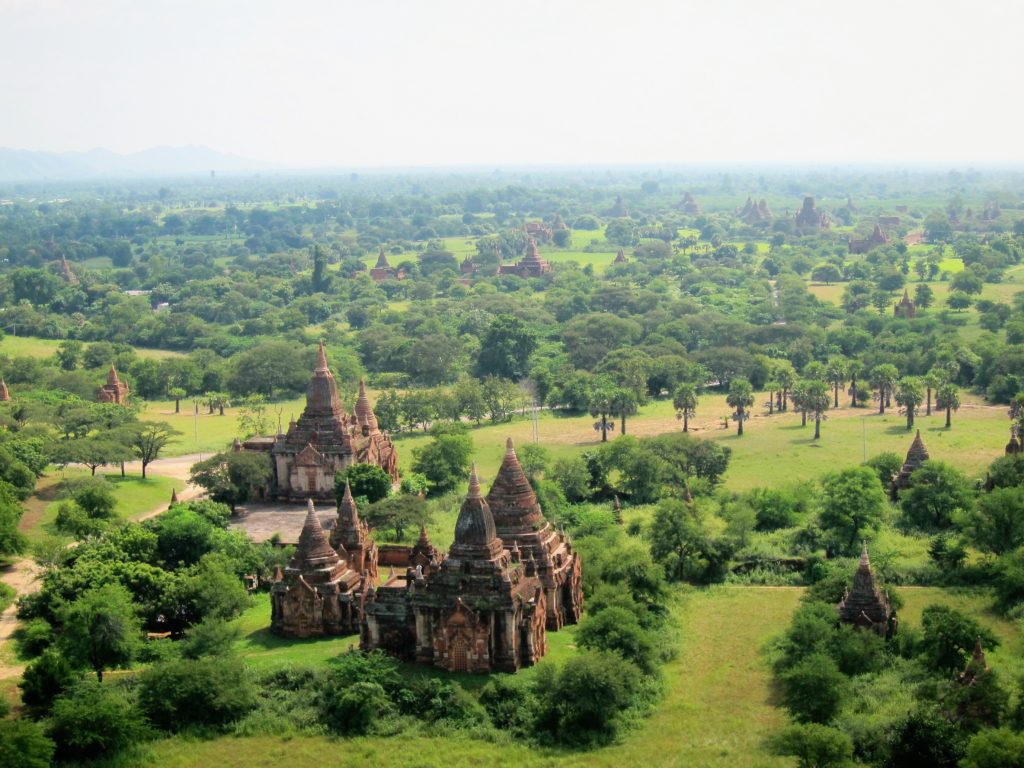

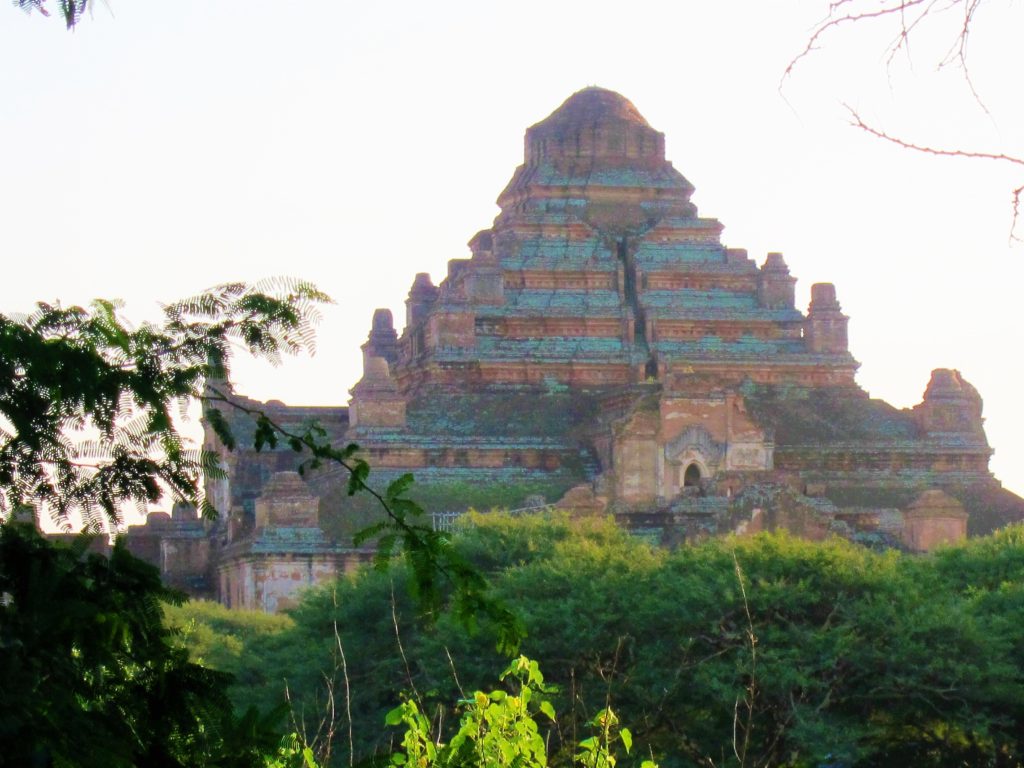
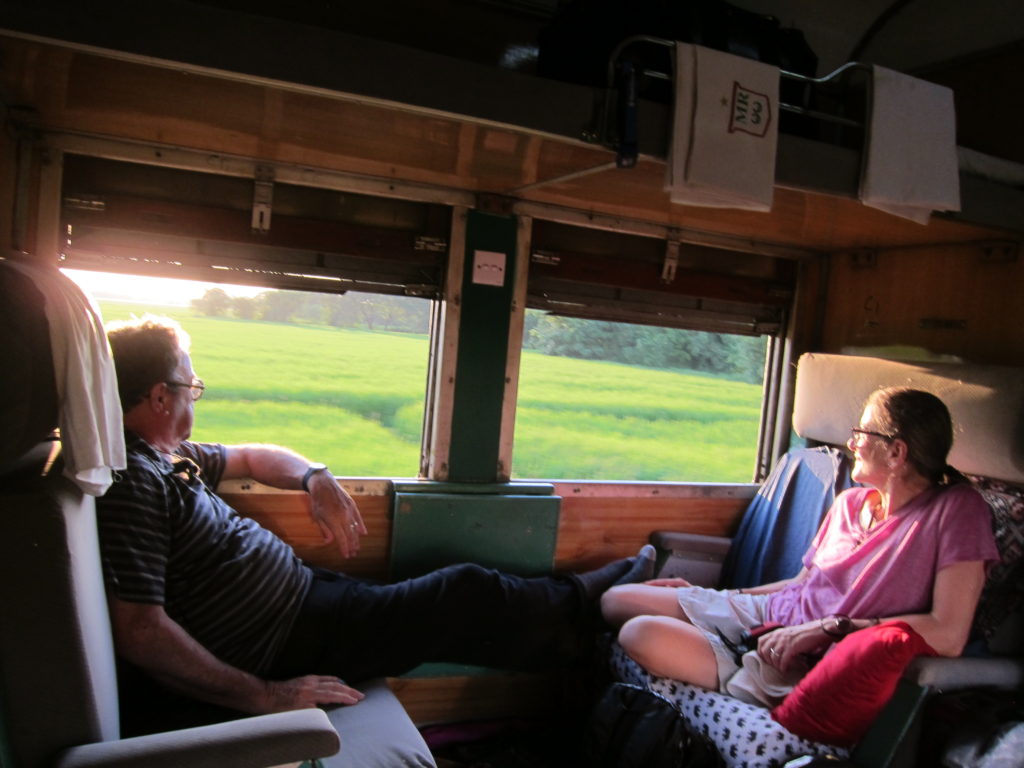
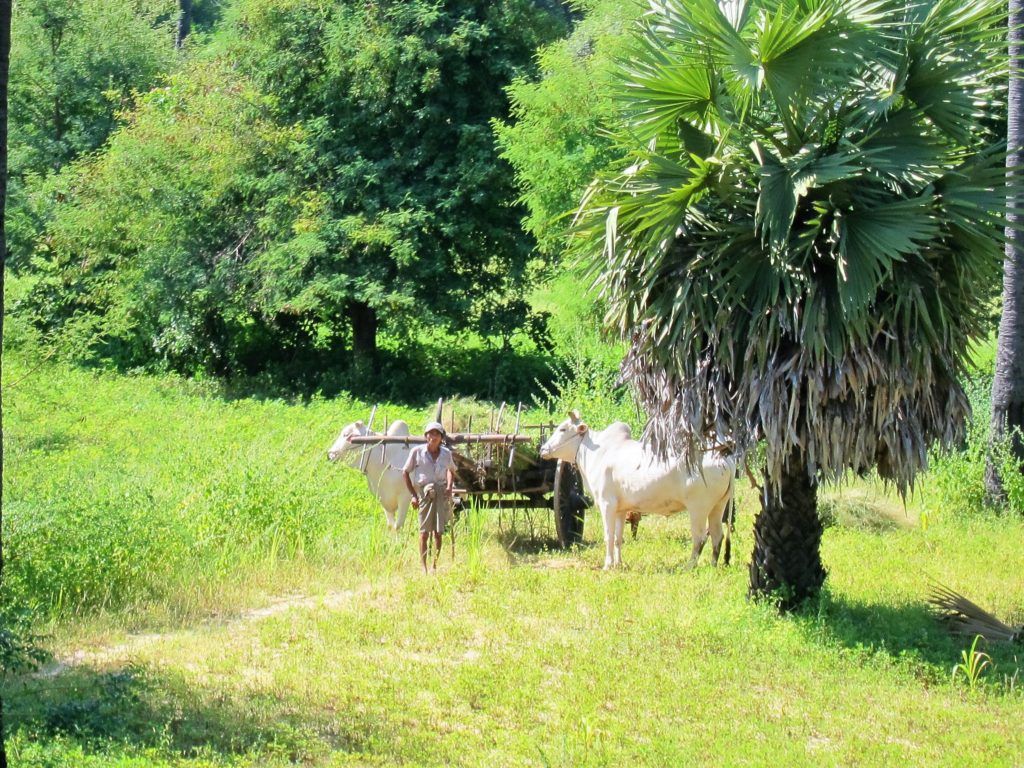
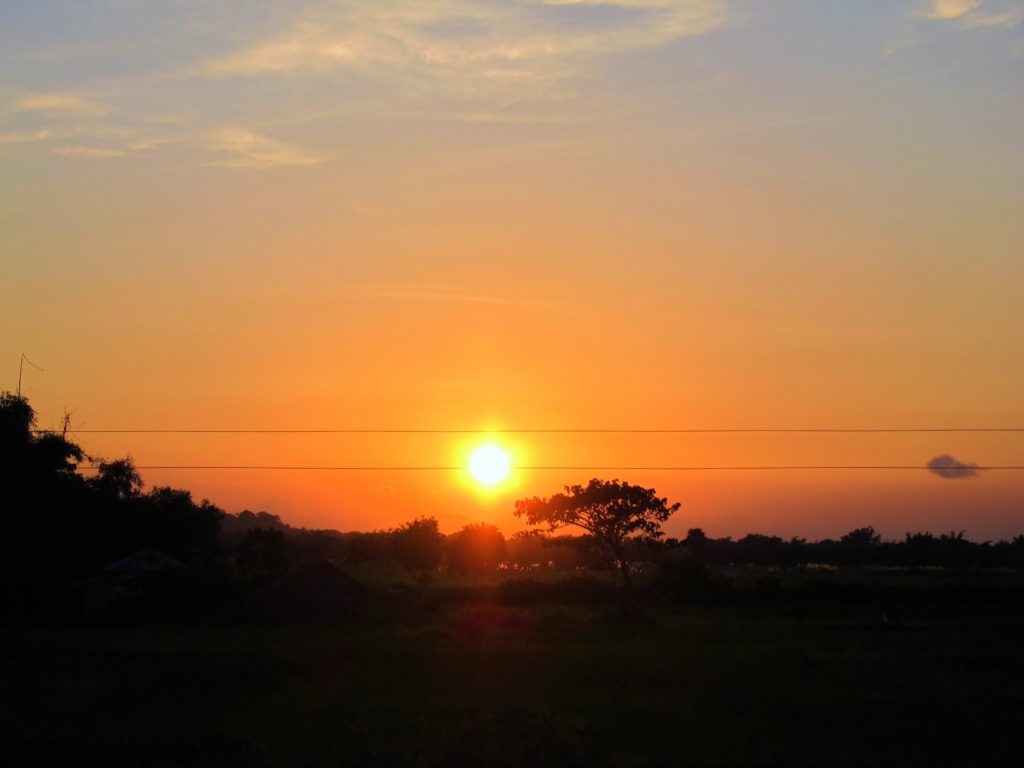
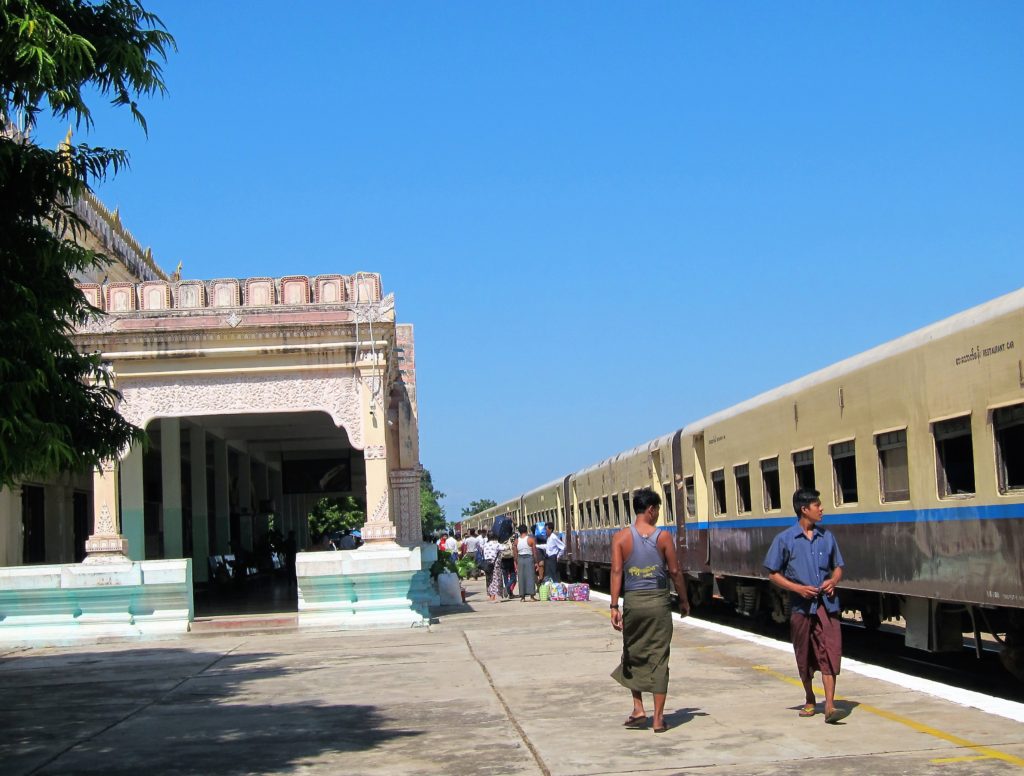
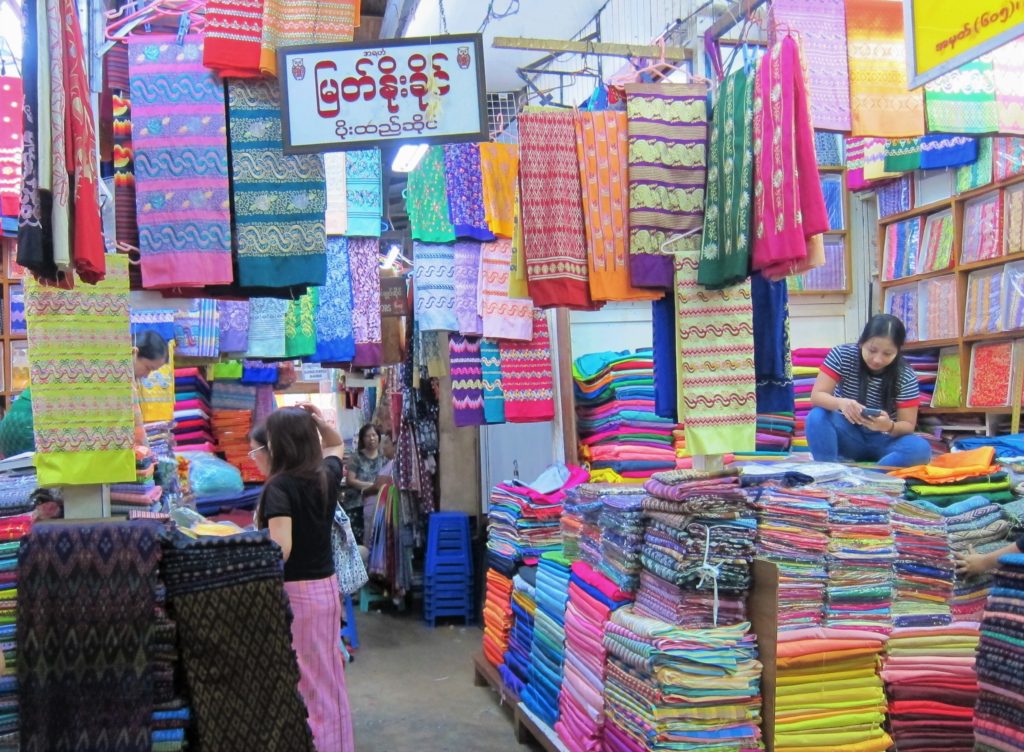
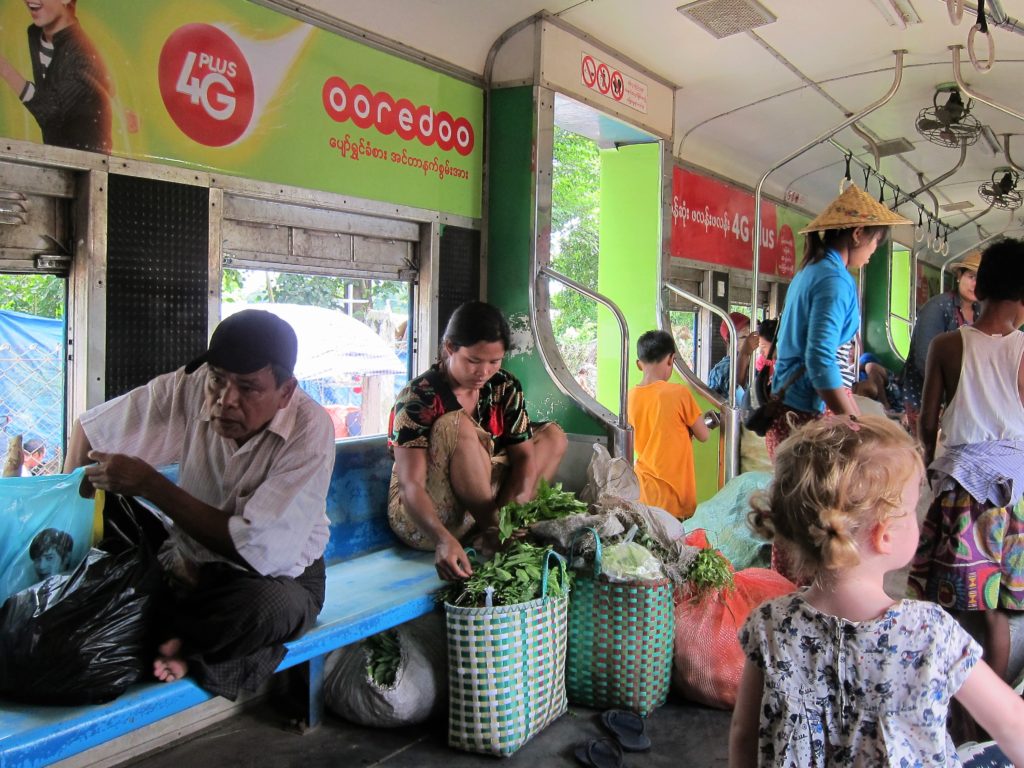
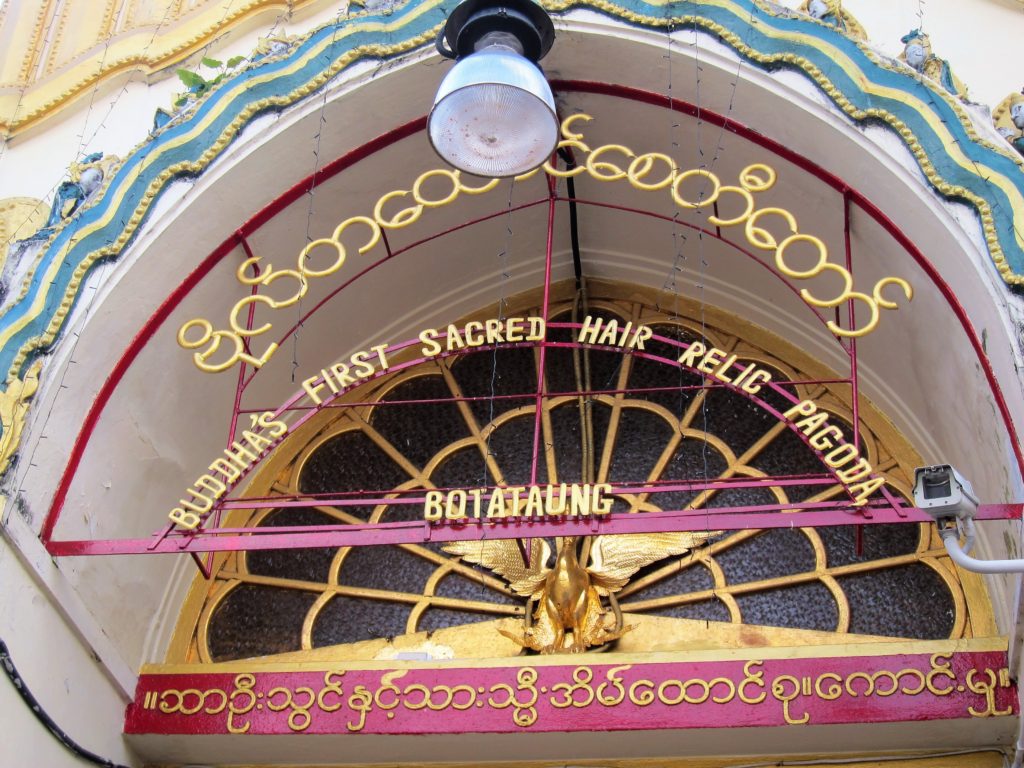

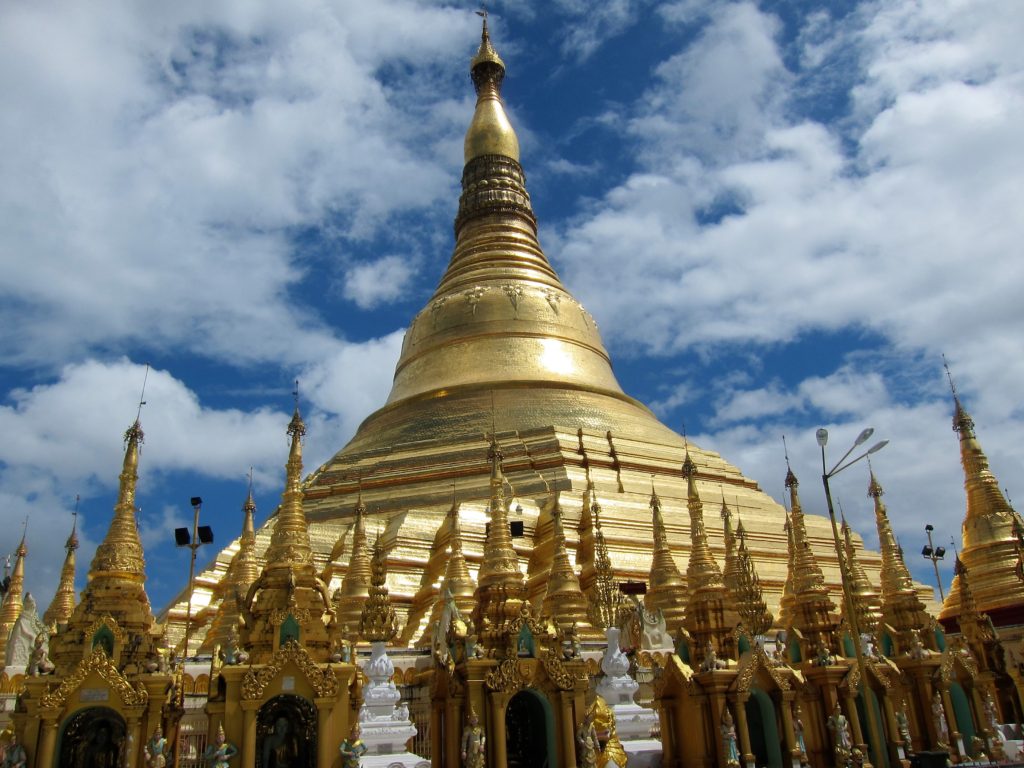
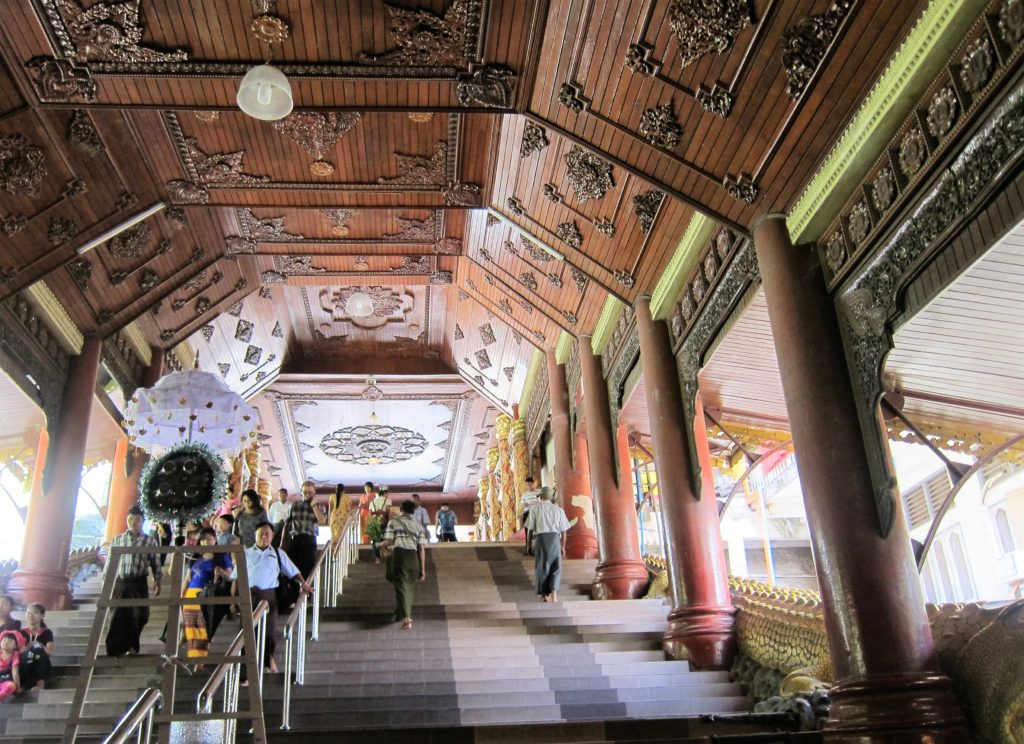
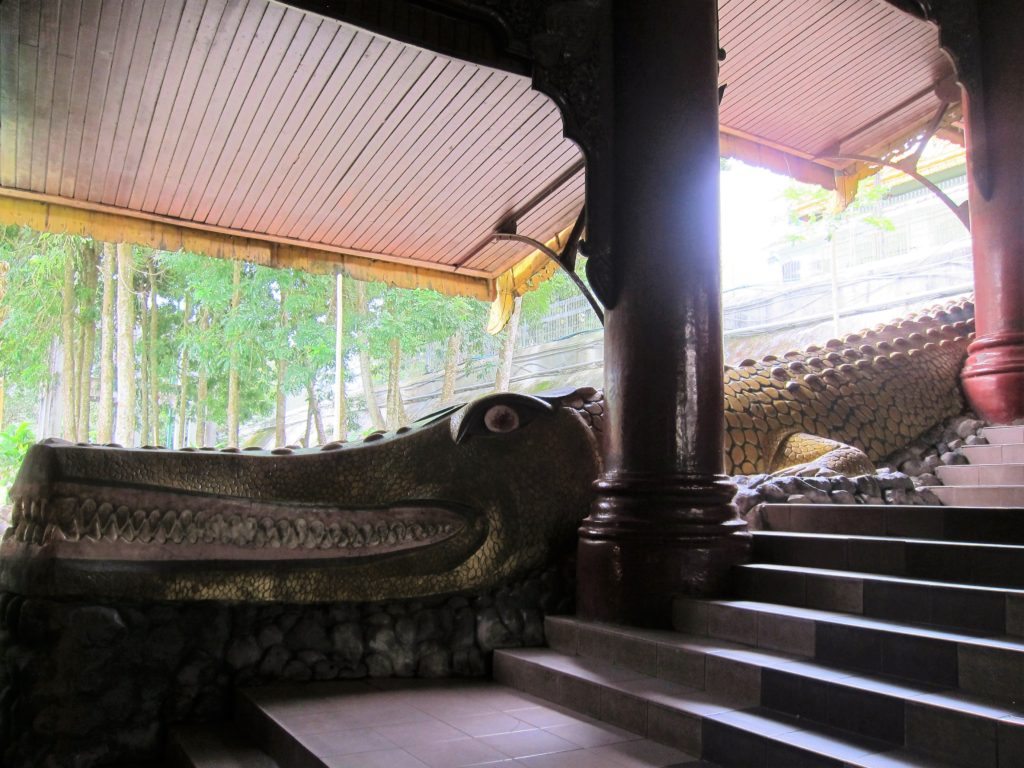 Once there, it’s like being in New York City for the first time: the most jaded cosmopolitan is transformed into a slack-jawed gaping yokel.
Once there, it’s like being in New York City for the first time: the most jaded cosmopolitan is transformed into a slack-jawed gaping yokel.